Today, Leica has announced the M10-R, a new addition to the M10 lineup. Featuring a 40 megapixel CMOS sensor, the digital rangefinder carries forward the features and solid ergonomics of the current top-of-the-line M10-P, while increasing the pixel count by 70%.
Back in January of this year, Leica unveiled the M10 Monochrom, which showcased an all-new 40 megapixel sensor. This was a sizable jump from previous M cameras, which have featured 24 megapixels since the M (Typ 240) was released in 2012, eight years ago. And now, the M10-R gets the same treatment, also making the move up to 40 megapixels, but this time in a color version.
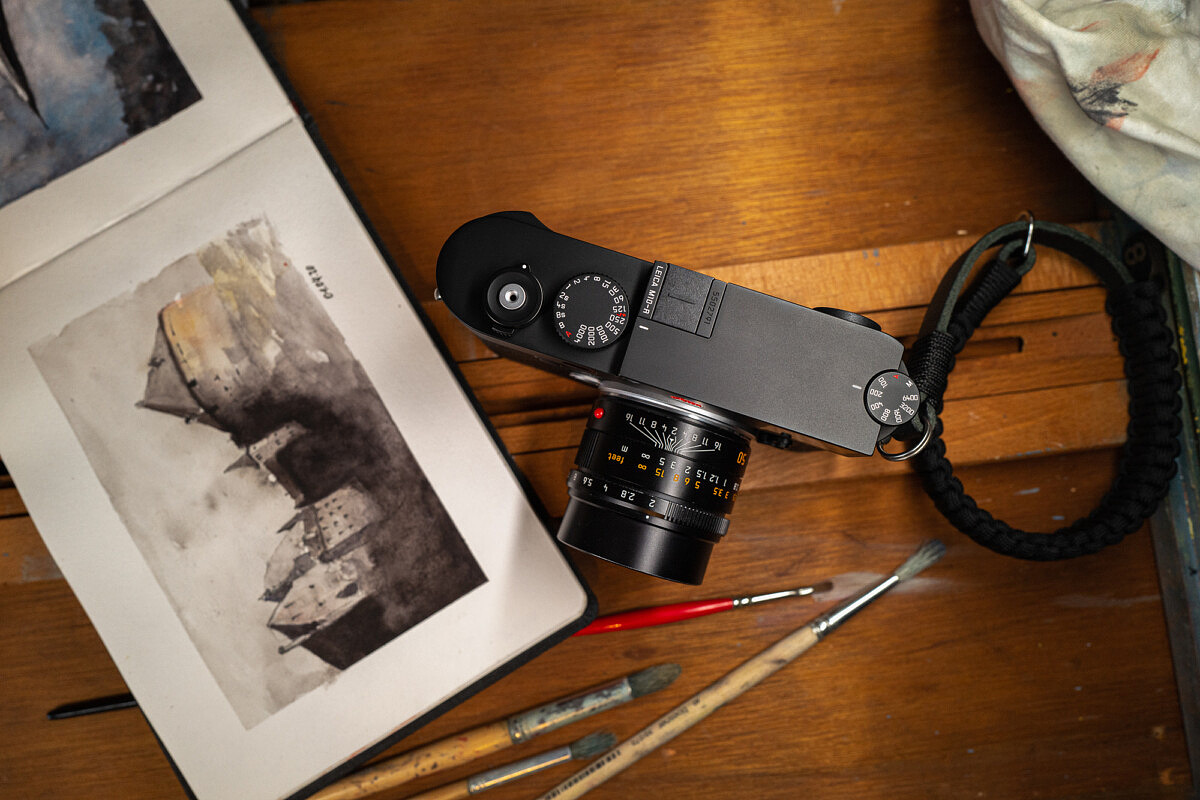
Improved Dynamic Range and High ISO
Conventional wisdom in digital photography has held that as you increase sensor resolution and make the pixels smaller, dynamic range and high ISO performance suffer. Yet the jump in pixel density hasn’t impacted low light performance or dynamic range on the M10-R. Rather, due to a new, exclusive sensor architecture, per-pixel light sensitivity has been enhanced, resulting in an improvement to dynamic range and high ISO performance of around one full stop versus the M10 and M10-P. Here's an example of the impressive dynamic range. First, the original shot, underexposed to retain highlight detail in the bright sky.
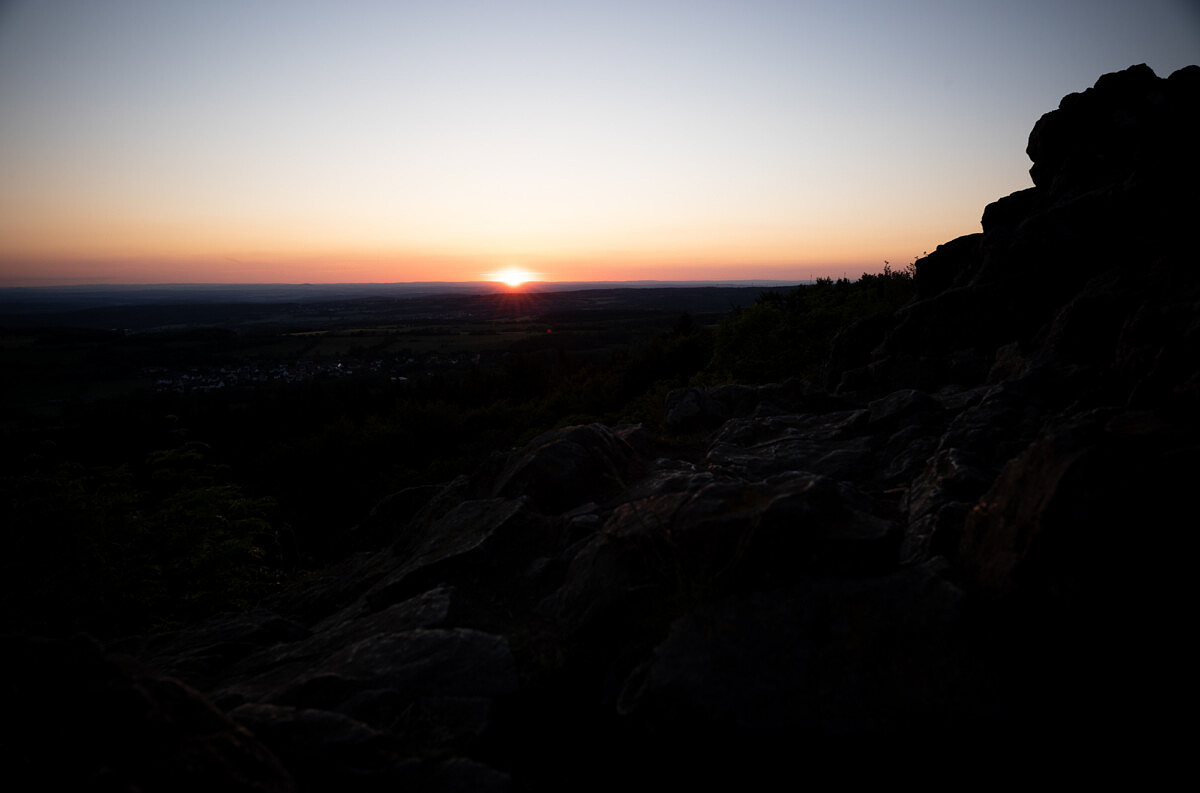
This second image is the same file as the first, after processing in Adobe Lightroom. The highlights have been pulled down to enhance cloud detail while the dark foreground has been lightened to open up all the shadow information.
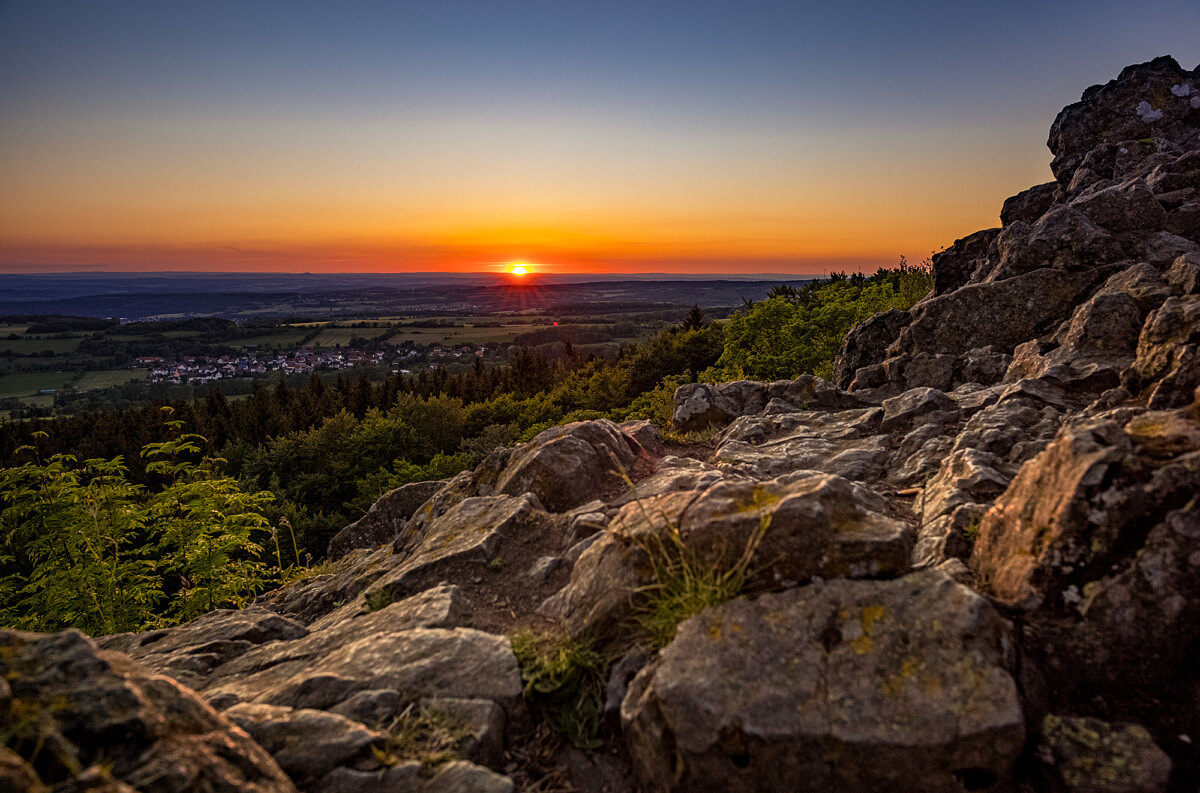
Also helping out is a dual gain architecture, similar to what Leica implemented in the recently released S3 medium format camera. And all this isn’t just speculation, as we’ve seen the sensor already make its debut in a black and white version with the M10 Monochrom. Here's a shot at ISO 25,000, taken under artificial lighting and retaining an incredible amount of detail even at this setting.
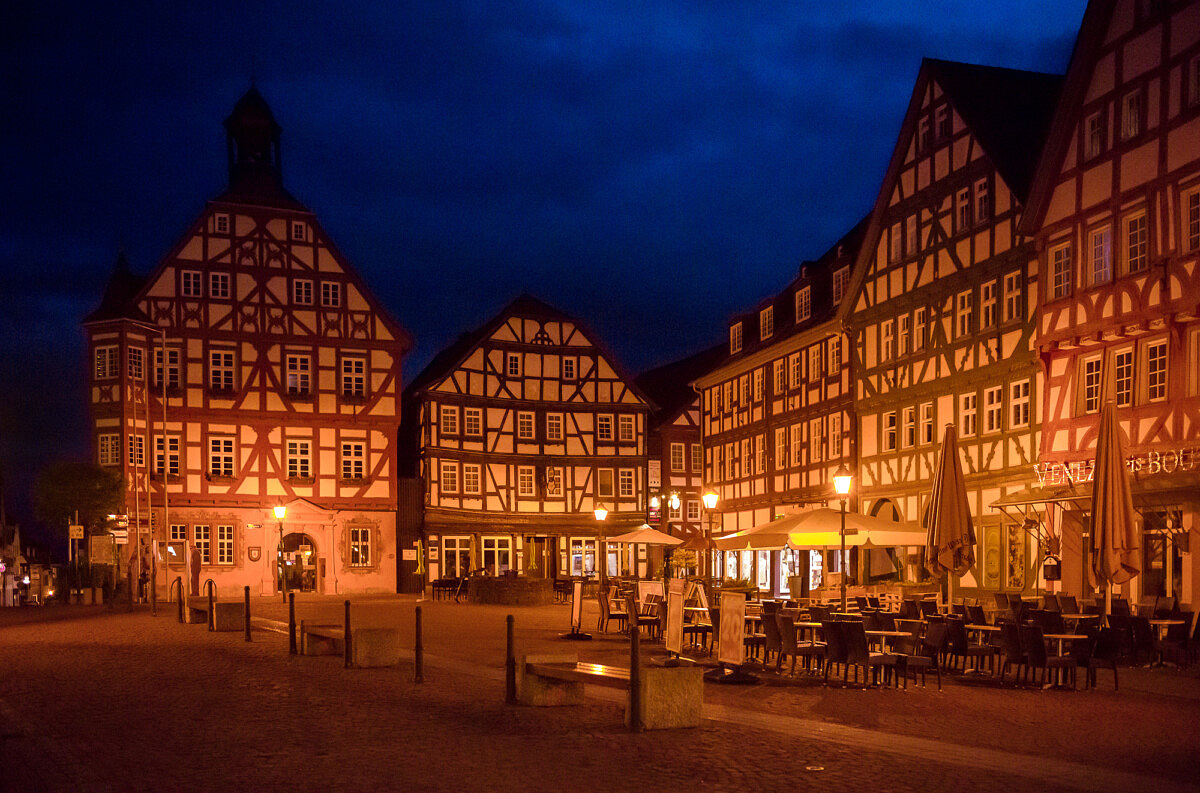
Longer Exposure Times
Instead of four minutes as on the M10 and M10-P, the M10-R now allows for up to 16-minute time exposures at ISO 100. Keep in mind that times will get shorter as ISO increases. Also note that long exposure noise reduction is mandatory for quality requirements, so a 16-minute exposure will take a total of 32 minutes. The reward will be images like this one, taken at the full 16 minute duration.
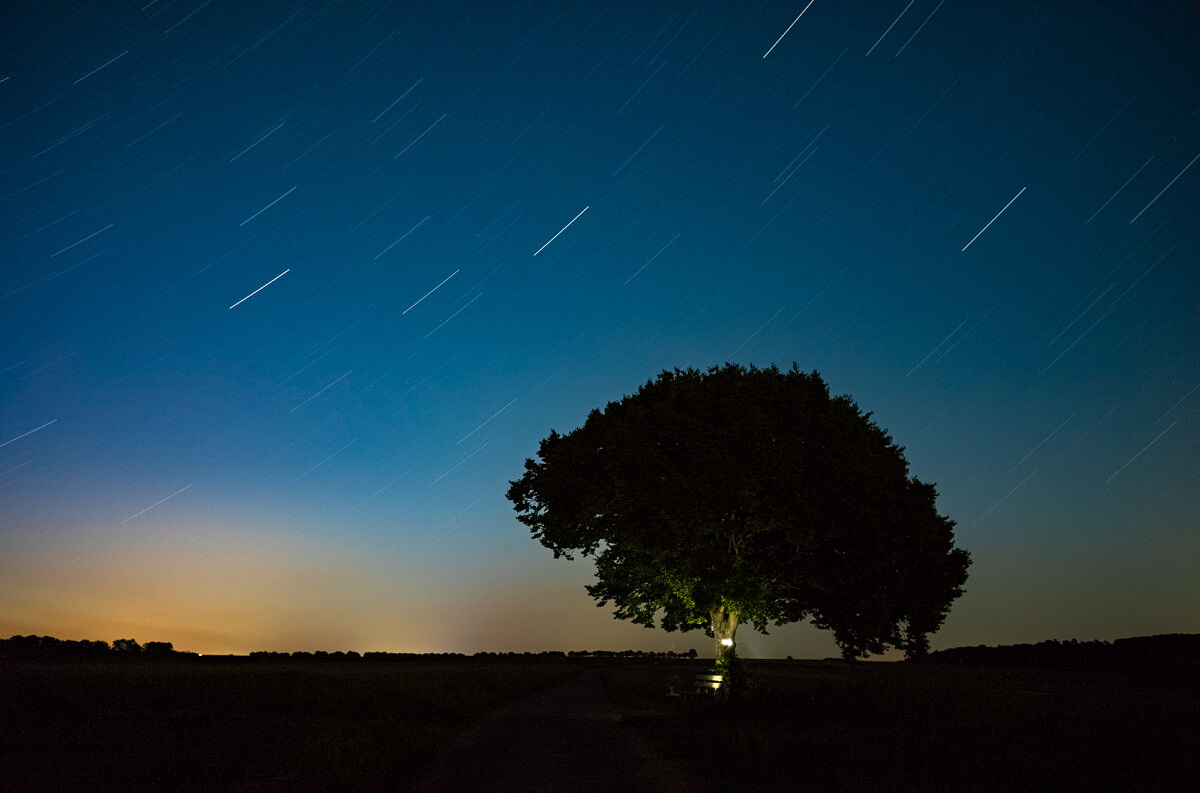
Maintaining Consistency
The M10-R maintains the same physical dimensions and button layout as all other M10 models. This consistency makes shifting between multiple bodies a breeze and, perhaps more importantly, allows for cross-compatibility of all accessories. The M10-R uses the same Visoflex 020 EVF, the same rechargeable BP-SCL5 Lithium Ion battery, the same Thumb Support, same Hand Grip, etc. So, if you plan to upgrade your M10 or M10-P to the M10-R, make sure to hold onto all your extras to use with the new camera.
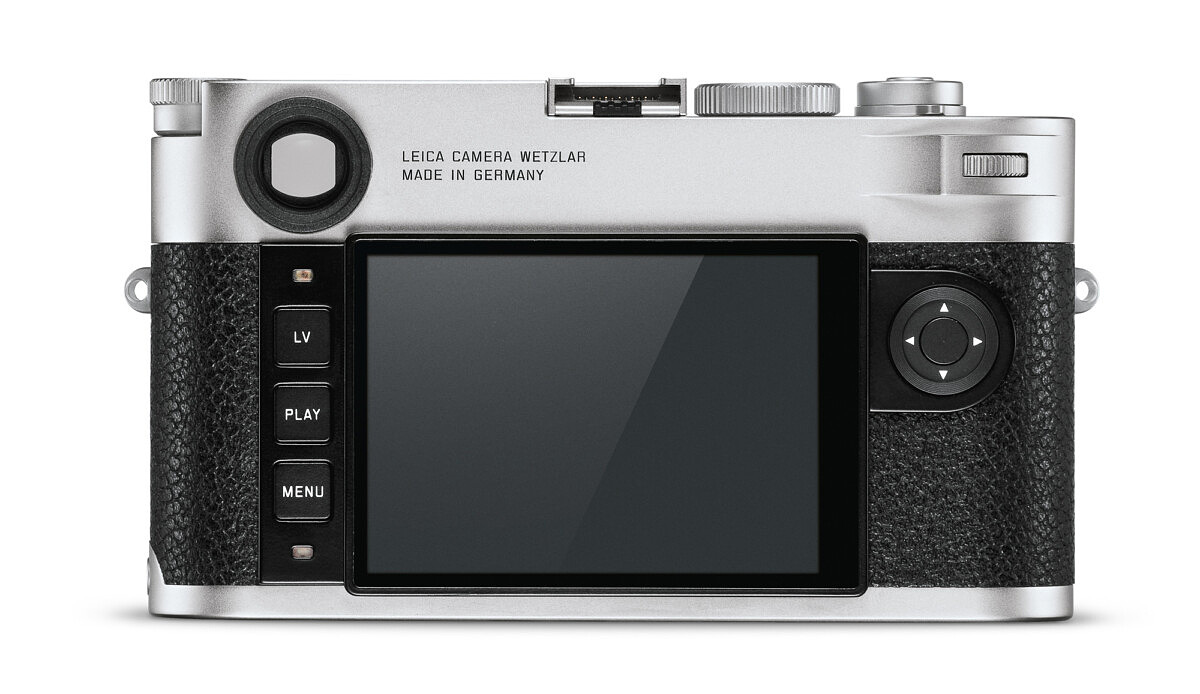
The Best from the M10-P
The M10-P brought about three significant changes from the standard M10: the ultra-quiet mechanical shutter, a built-in level gauge and touchscreen functionality. The shutter was a revelation. It’s almost hard to believe how much quieter it is than the already subtle M10 shutter. A horizon level comes in super handy for landscape and architecture. And the touchscreen makes reviewing and scrolling around zoomed-in images that much more intuitive. These features are now standard in the M10-R as well as the M10 Monochrom.
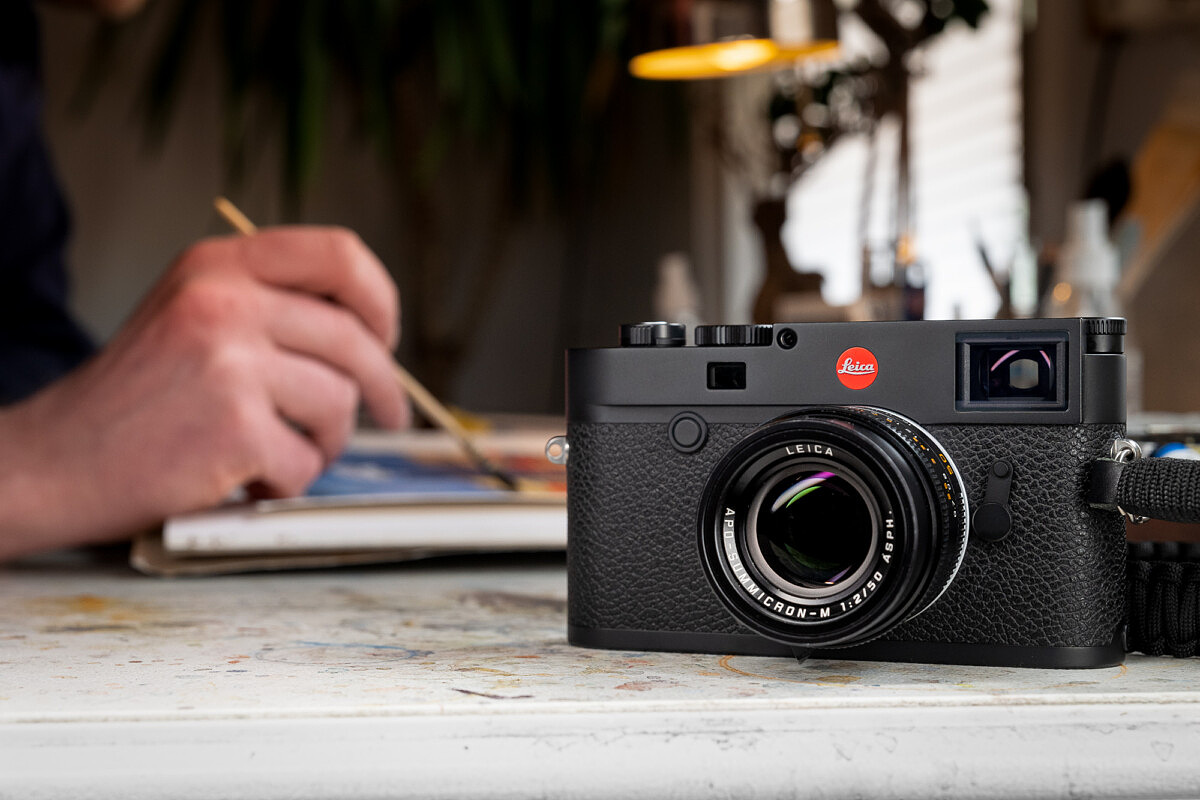
Why Not M11?
So, why is this camera an M10-R and not an M11? Well, Leica felt that the M11 moniker simply wasn’t justified. The underlying platform, from the camera body to the rear LCD screen to the shutter mechanism, is identical to the M10-P. Really, just the sensor has been changed out. So, Leica opted to name the camera as the M10-R, with the ‘R' in the name denoting Resolution. And this matches up nicely with the M10 Monochrom. One for color, one for black and white, both at 40 megapixels.
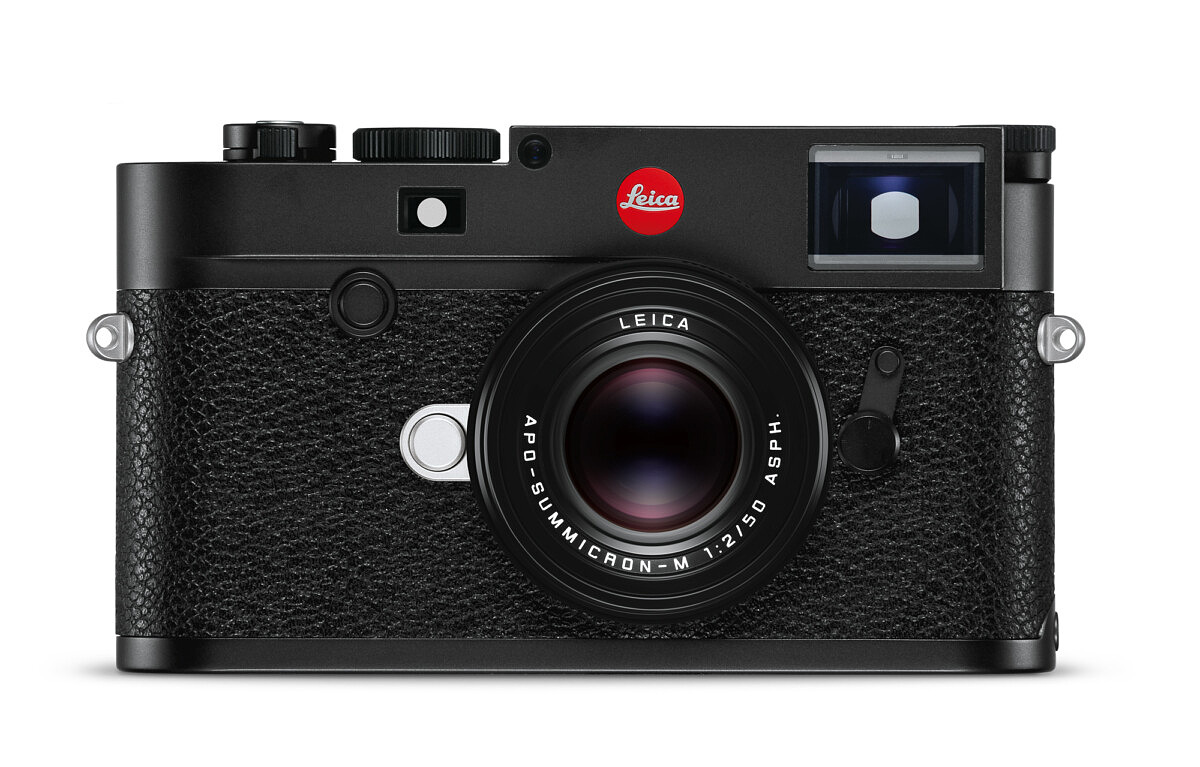
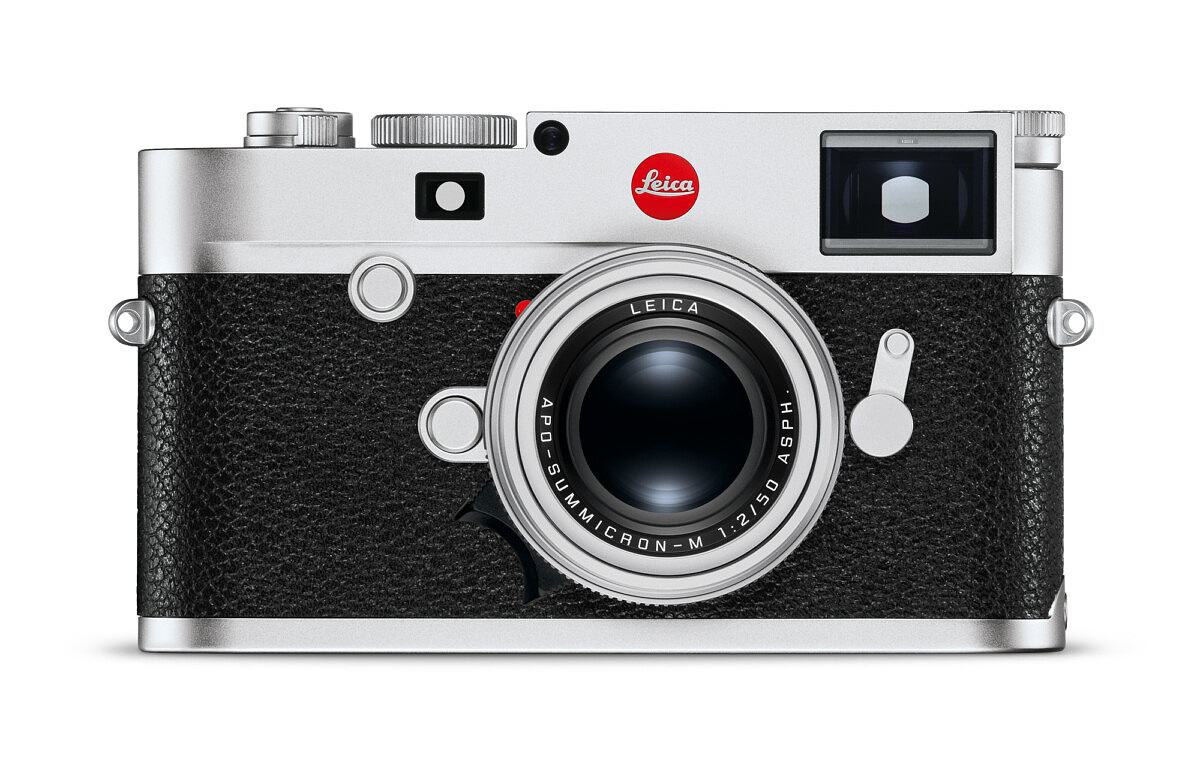
Why Did Leica Launch M10 Monochrom First?
Some have wondered why Leica released the M10 Monochrom black and white version before the color M10-R if they share the same underlying sensor? Hasn’t this worked the other way around in the past for the original M9 Monochrom and then later for the M Monochrom (Typ 246)? Well, yes it has. But in this case, Leica started the R&D for both cameras simultaneously. And due to the lack of a color filter array, the development process went a bit quicker for the Monochrom. Rather than holding up both cameras to be launched at the same time, they released the M10 Monochrom first and continued refining the M10-R. Now, the color version is ready for prime time and the lineup is complete.
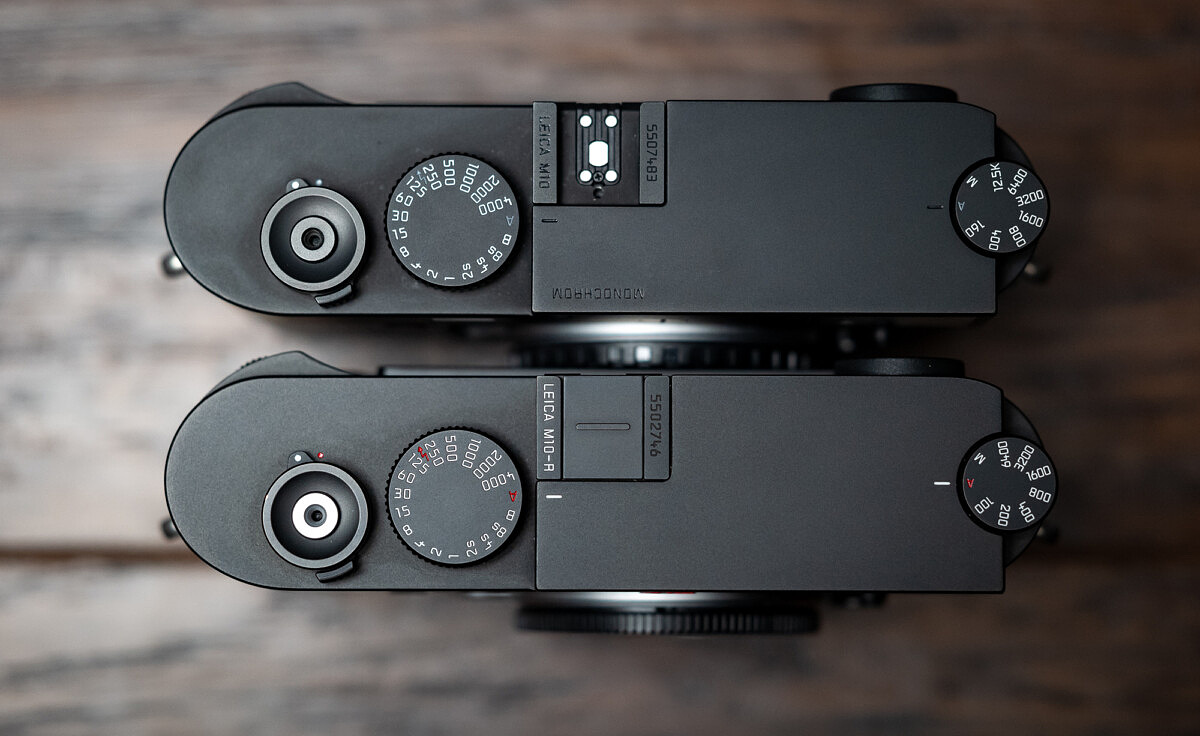
Final Thoughts
Overall, the M10-R looks extremely promising. Built around the same proven platform as the M10-P and M10 Monochrom, the M10-R takes its place as the new flagship of the M lineup. The M10 and M10-P are outstanding cameras. The M10-R merely builds upon their legacy as classic M design meets the latest in sensor technology. The resolution bump is a welcome addition and the fact that we’re getting 70% more pixels without sacrificing low light performance or dynamic range seems a win-win proposition all around.
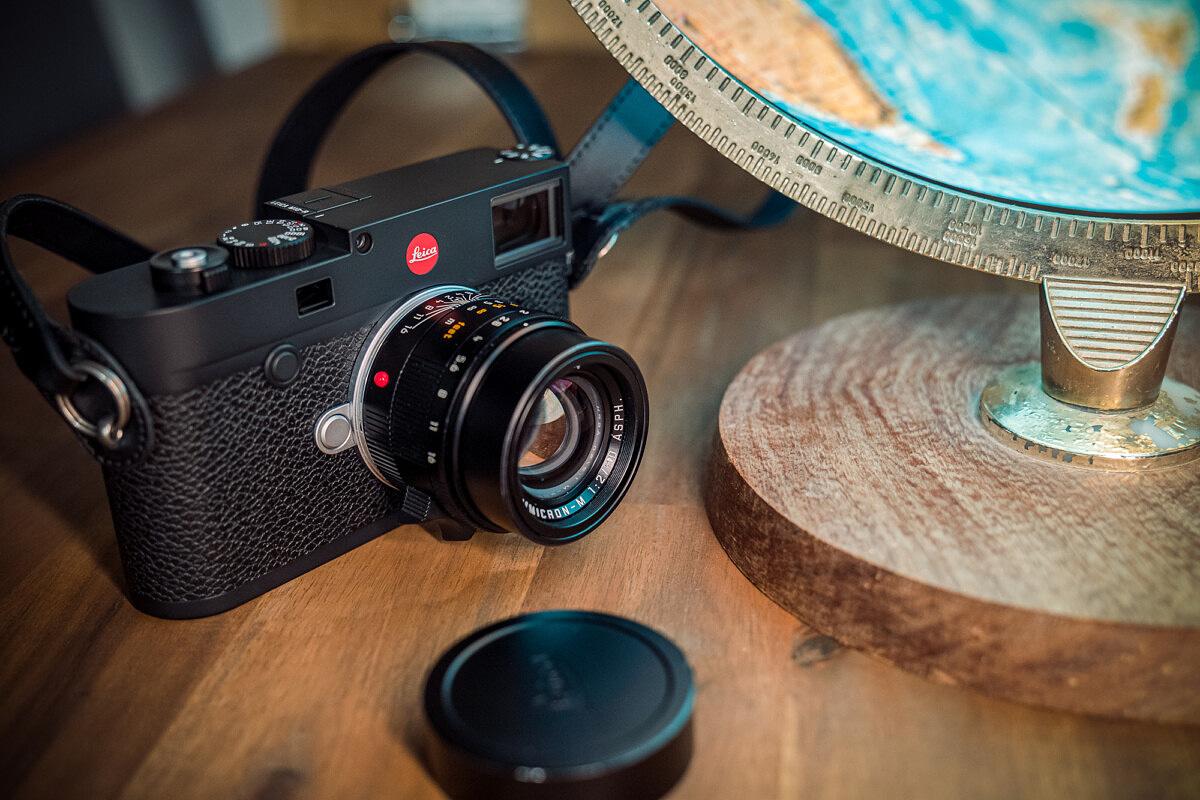
Pricing, Ordering and Availability
Initial deliveries of the Leica M10-R will start within the next week for a price of $8,295 for either Black Chrome or Silver Chrome finish. As with any major Leica camera launch, supply will be extremely limited for a number of months. If you are interested in ordering the M10-R, you can do so at Leica Store Miami by clicking the button below, calling 305-921-4433 or sending an email to info@leicastoremiami.com. If you are interested in trading in any other Leica equipment towards the purchase of the M10-R, you can note it during the pre-order process.
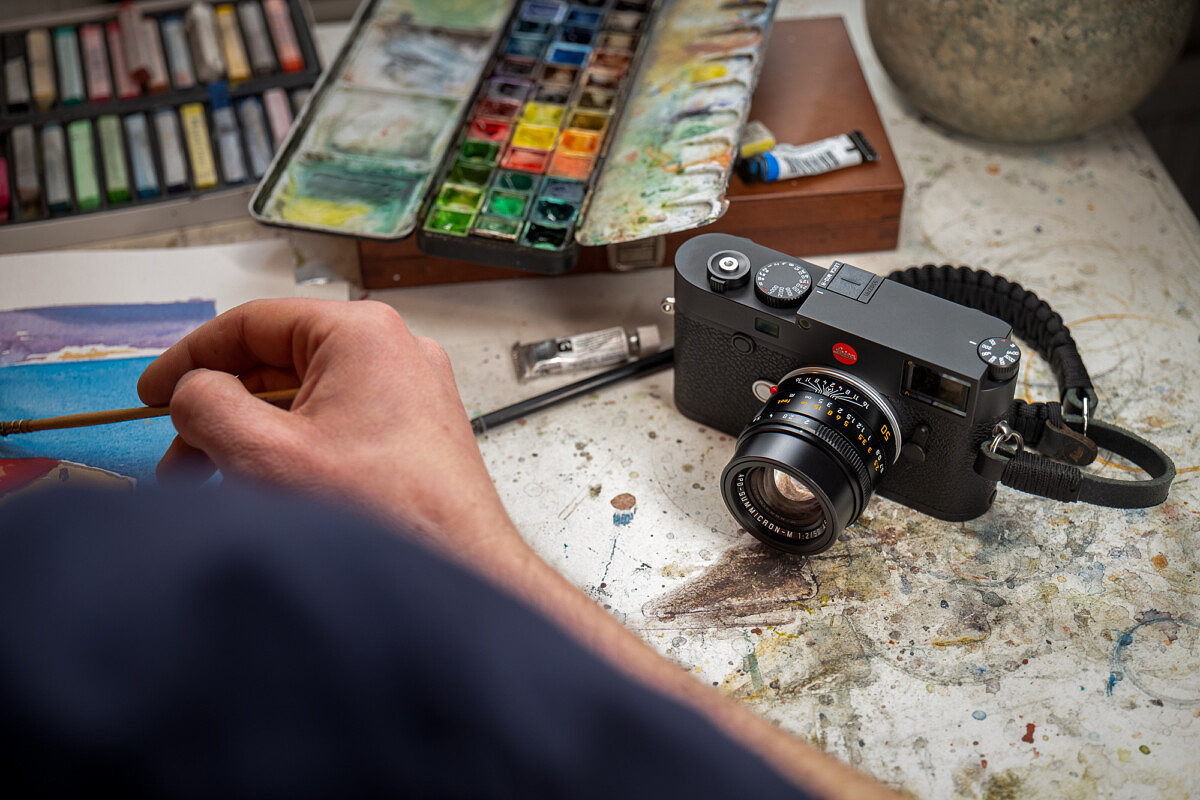
Hands-On Overview Video
M10 Family Compared
| M10 | M10-P | M10-R | |
| Sensor | 24MP CMOS | 24MP CMOS | 40.89 CMOS |
| Processor | Leica Maestro II | Leica Maestro II | Leica Maestro II |
| Display | 3″ TFT LCD (1.04 MP) Corning Gorilla Glass | 3″ TFT LCD (1.04 MP) Corning Gorilla Glass | 3″ TFT LCD (1.04 MP) Corning Gorilla Glass |
| Touch Function | No | Yes | Yes |
| Exposure Times | 4min – 1/4000s | 4min – 1/4000s | 16min – 1/4000s |
| Level Gauge | No | Yes | Yes |
| Shutter | Standard | Extra Silent | Extra Silent |
| ISO Range | 100 – 50000 | 100 – 50000 | 100 – 50000 |
| ISO Setting | Dedicated ISO Wheel | Dedicated ISO Wheel | Dedicated ISO Wheel |
| Video | No | No | No |
| WLAN | Yes | Yes | Yes |
| Buffer Memory | 2GB | 2GB | 2GB |
| Design | Black Chrome | Black Chrome and Silver Chrome | Black Chrome and Silver Chrome |
| Leica Dot | Yes | No | Yes |
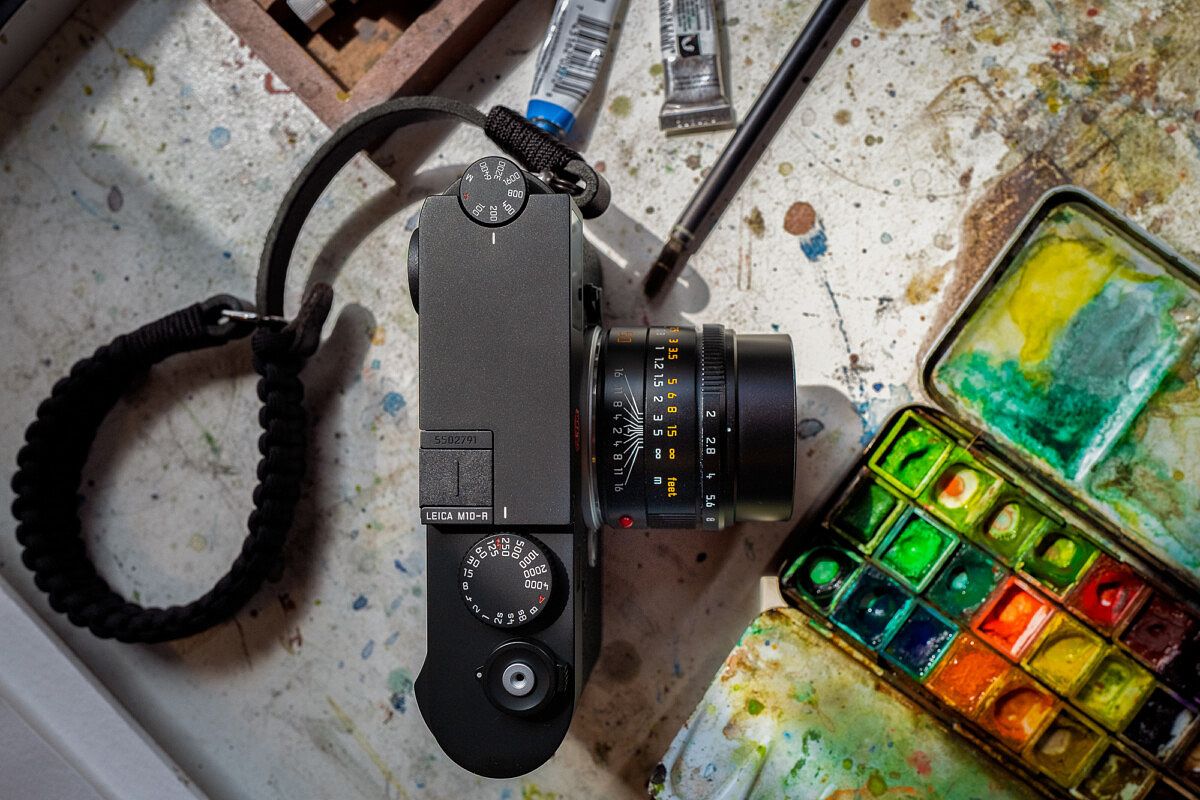
Sample Images
Here are some sample images from the Leica M10-R taken by UK-based photographer, Huw John, Cardiff. Definitely some nice color and tone. Be sure to click on the thumbnails for the full view.
Tech Specs
| Type no. | 6376 |
| Order no. | 20002 black chrome / 20003 silver chrome |
| Camera type | Compact digital view and rangefinder system camera |
| Lens attachment | Leica M bayonet with additional sensor for 6-bit coding |
| Lens system | Leica M lenses, Leica R lenses with an optional adapter (available accessory) |
| Sensor | CMOS chip, active area approx. 24×36 mm, without low-pass filter |
| Resolution | DNG™: 7864 x 5200 pixels (40,89 MP), JPEG: 7840 x 5184 pixels (40,64 MP), 5472 x 3648 pixels (20 MP), 2976 x 1984 pixels (6MP) |
| Data formats | DNG™ (raw data, 14 bit, compressed loss-free), JPEG (8 bit) |
| File size | DNG™: 40-60 MB, JPEG (40MP)10-20 MB: Depending on resolution and picture content |
| Buffer memory | 2GB / 10 pictures in series |
| Storage media | SD cards up to 2GB/SDHC cards up to 32GB/SDXC cards up to 2TB |
| Menu languages | German, English, French, Spanish, Italian, Portuguese, Japanese, Traditional Chinese, Simplified Chinese, Russian, Korean |
| Exposure metering | Exposure metering through the lens (TTL), with working aperture |
| Metering method | Light reflected by the blades of the 1 shutter curtain onto measuring cell. |
| Metering range | At room temperature and normal humidity for ISO 200, at aperture 1.0 EV-2 to EV19 at aperture 32. Flashing of the left triangular LED in the viewfinder indicates values below the metering range |
| Sensitivity range | ISO 100 to ISO 50.000, adjustable in 1/3 ISO increments, choice of automatic control or manual setting |
| Exposure modes | Choice of automatic shutter speed control with manual aperture preselection – aperture priority A, or manual shutter speed and aperture setting |
| Flash exposure control | |
| Flash unit attachment | Via accessory shoe with central and control contacts |
| Synchronisation | Optionally triggered at the 1st or 2nd shutter curtain |
| Flash sync time | 1/180 s; slower shutter speeds can be used, if working below sync speed: Automatic changeover to TTL linear flash mode with HSS-compatible Leica system flash units |
| Flash exposure metering | Using centre-weighted TTL pre-flash metering with Leica flash units (SF40, SF64, SF26), or flash units compatible with the system with SCA3502 M5 adapter |
| Flash measurement cell | 2 silicon photo diodes with collection lens on the camera base |
| Flash exposure compensation | ±3EV in1⁄3EV increments |
| Displays in flash mode (in viewfinder only) | Using flash symbol LED |
| Viewfinder | |
| Construction principle | Large, bright line frame viewfinder with automatic parallax compensation |
| Eye piece | Calibrated to -0.5 dpt.; corrective lenses from -3 to +3 diopter available |
| Image field limiter | By activating two bright lines each: For 35 and 135mm, or for 28 and 90mm, or for 50 and 75mm; automatic switching when lens is attached. |
| Parallax compensation | The horizontal and vertical difference between the viewfinder and the lens is automatically compensated according to the relevant distance setting, i.e. the viewfinder bright-line automatically aligns with the subject detail recorded by the lens. |
| Matching viewfinder and actual image | At a range setting of 2m, the bright-line frame size corresponds exactly to the sensor size of approx. 23.9 x 35.8mm; at infinity setting, depending on the focal length, approx. 7.3% (28mm) to 18% (135mm) more is recorded by the sensor than indicated by the corresponding bright line frame and slightly less for shorter distance settings than 2m |
| Magnification | (For all lenses) 0.73 x |
| Long-base rangefinder | Split or superimposed image range finder shown as a bright field in the centre of the viewfinder image |
| Effective metering base | 50.6mm (mechanical measurement basis 69.31mm x viewfinder magnification 0.73x) |
| Displays | |
| In the viewfinder | Four-digit digital display with exposure alerts above and below |
| On back | 3″ colour TFT LCD monitor with 16 million colours and 1,036,800 pixels, approx. 100 % image field, glass cover of extremely hard, scratch-resistant Gorilla® glass, colour space: sRGB, for Live-View and review mode, displays |
| Shutter and shutter release | |
| Shutter | Metal blade focal plane shutter with vertical movement |
| Shutter speeds | For aperture priority: (A) continuous from 16min to 1⁄4000s., for manual adjustment: 8s to 1⁄4000s in half steps, from 8s to 16min in half steps, B: For long than 1⁄180s (with HSS-compatible Leica system flash units) 16min (in conjunction with self-timer T function, i.e. 1st release = shutter opens, 2nd release = shutter closes), exposures up to maximum (1⁄180s): Fastest shutter speed for flash synchronization, HSS linear flash mode possible with all shutter speeds faster |
| Picture series | Approx. 4.5 pictures per second |
| Shutter release button | Two-stage, 1st step: Activation of the camera electronics including exposure metering and exposure lock (in aperture priority mode), 2nd step: Shutter release; standard thread for cable release integrated. |
| Self-timer | Delay optionally 2s (aperture priority and manual exposure setting) or 12s, set in menu, indicated by flashing LED on front of camera and corresponding display in monitor. |
| Turning the camera on/off | Using main switch on top of camera; optional automatic shutdown of camera electronics after approx. 2/5/10 minutes; reactivated by tapping the shutter release |
| Power supply | One Lithium-ion rechargeable battery, nominal voltage 7.4V, capacity 1100mAh.; maximum charging current/voltage: DC 1000mA, 7.4V; Model No.: BP-SCL5; Manufacturer: PT. VARTA Microbattery, Made in Indonesia, Operating conditions (in camera): 0°C – + 40°C |
| Charger | Inputs: 100-240V AC, 50/60Hz, 300mA, automatic switching, or 12V DC, 1.3A; Output: DC 7.4V, 1000mA/max. 8.25V, 1100mA; Model No.: BC-SCL5; Manufacturer: Guangdong PISEN Electronics Co., Ltd., Made in China, Operating conditions: 0°C – + 35°C |
| GPS (only with Leica Visoflex viewfinder attached, available as an accessory) | Optional (not available everywhere due to country-specific legislation, i.e. enforced automatic shutdown in those countries), data are written to EXIF header in picture files. |
| Wi-Fi | Complies with IEEE 802.11b/g/n standard (standard Wifi protocol), channel 1-11, encryption method: Wifi-compatible WPA™/WPA2™ encryption, access method: Infrastructure mode |
| Camera body | |
| Material | All-metal die cast magnesium body, synthetic leather covering. Brass top panel and base, black chrome plated finish |
| Image field selector | Allows the bright-line pairs to be manually activated at any time (e.g. to compare detail) |
| Tripod thread | A ¼ (¼”) DIN stainless steel in bottom |
| Operating conditions | 0–40 °C / 32–104 °F |
| Interfaces | ISO accessory shoe with additional contacts for Leica Visoflex viewfinder (available as an accessory) |
| Dimensions | (width x depth x height) approx. 139 x 38.5 x 80mm / 5.5 x 1.5 x 3.1 in |
| Weight | approx. 660g / 23oz (with battery) |
| Scope of Delivery | Charger 100-240V with 2 mains cables (Euro, USA, varies in some export markets) and 1 car charging cable, lithium ion battery, carrying strap, body bayonet cover, cover for accessory shoe |
Press Release
The New Leica M10-R: Leica Camera Presents the 40-Megapixel Variant of its Legendary Rangefinder Camera
With the new Leica M10-R, Leica Camera AG introduces a high-resolution variant of the company’s legendary rangefinder camera. The M10-R’s newly developed sensor offers a resolution of over 40 megapixels, which represents a considerable increase compared to the M10. As a result, the M10-R delivers a significantly enhanced rendition of details. The new sensor of the M10-R opens up a host of possibilities that are unprecedented within M photography. Along with the clear visibility of even the finest details, the sensor provides extensive performance reserves for cropping and larger formats. In addition, the contrast-rich rendition of subtle structures leads to an even lower risk of moiré patterns. The M10-R is therefore well suited for landscape and architectural photography.
Despite its high resolution, the M10-R offers significantly reduced image noise as well as a wider dynamic range. The M10-R completes the Leica M10 family, which also includes the M10, M10-P, M10-D and M10 Monochrom.
The M10-R’s base sensitivity of ISO 100 and goes up to ISO 50000. The maximum exposure time has been increased to 16 minutes, enabling extraordinary night-time shots with the use of a tripod. The Leica M10-R is equipped with the same shutter as the Leica M10-P. It is not only exceptionally quiet (allowing for an unobtrusive way of working), but also operates with minimal vibration. This reduces the risk of camera shake.
As with all of Leica’s rangefinder cameras, the construction of the M10-R involves a large proportion of manual assembly by highly trained specialists, carried out at the company’s production plant in Wetzlar. This ensures that the large number of mechanical components – such as the complex rangefinder – not only perform with the utmost precision, but are also particularly robust. A Leica M is synonymous with the utmost reliability and durability, making it a viable long-term investment.
The Leica M10-R is best able to reach its full potential when paired with Leica M lenses. Equally, the camera has the capacity to fully utilize the outstanding imaging performance that distinguishes this legendary lens range. Particularly in combination with the newest generation, such as the APO-Summicron-M 50 f/2 ASPH., the M10-R delivers photographs of a truly exceptional quality. At the same time, the camera emphasizes the distinctive characteristics of older M lenses cherished by photography enthusiasts all over the world.

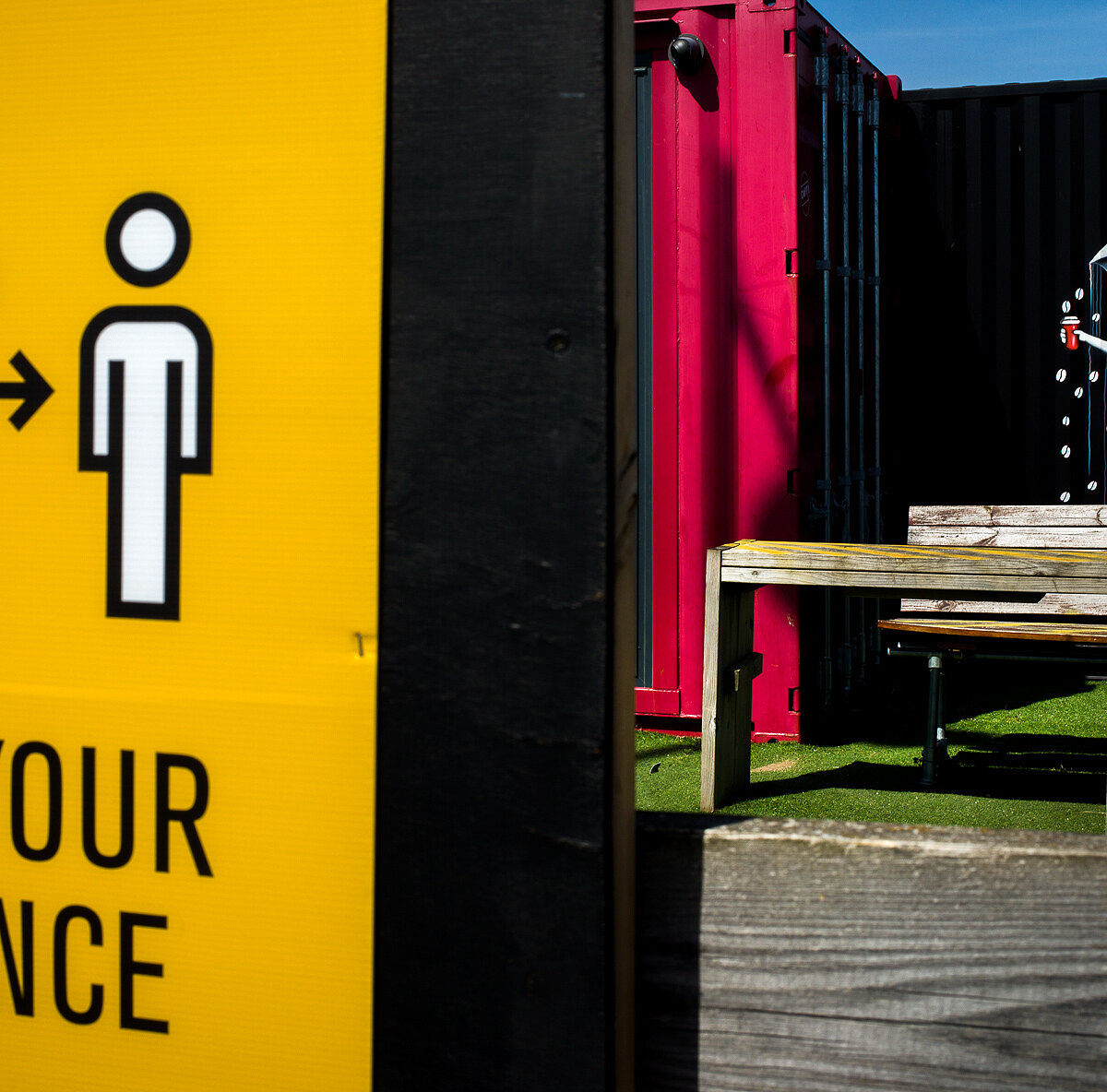
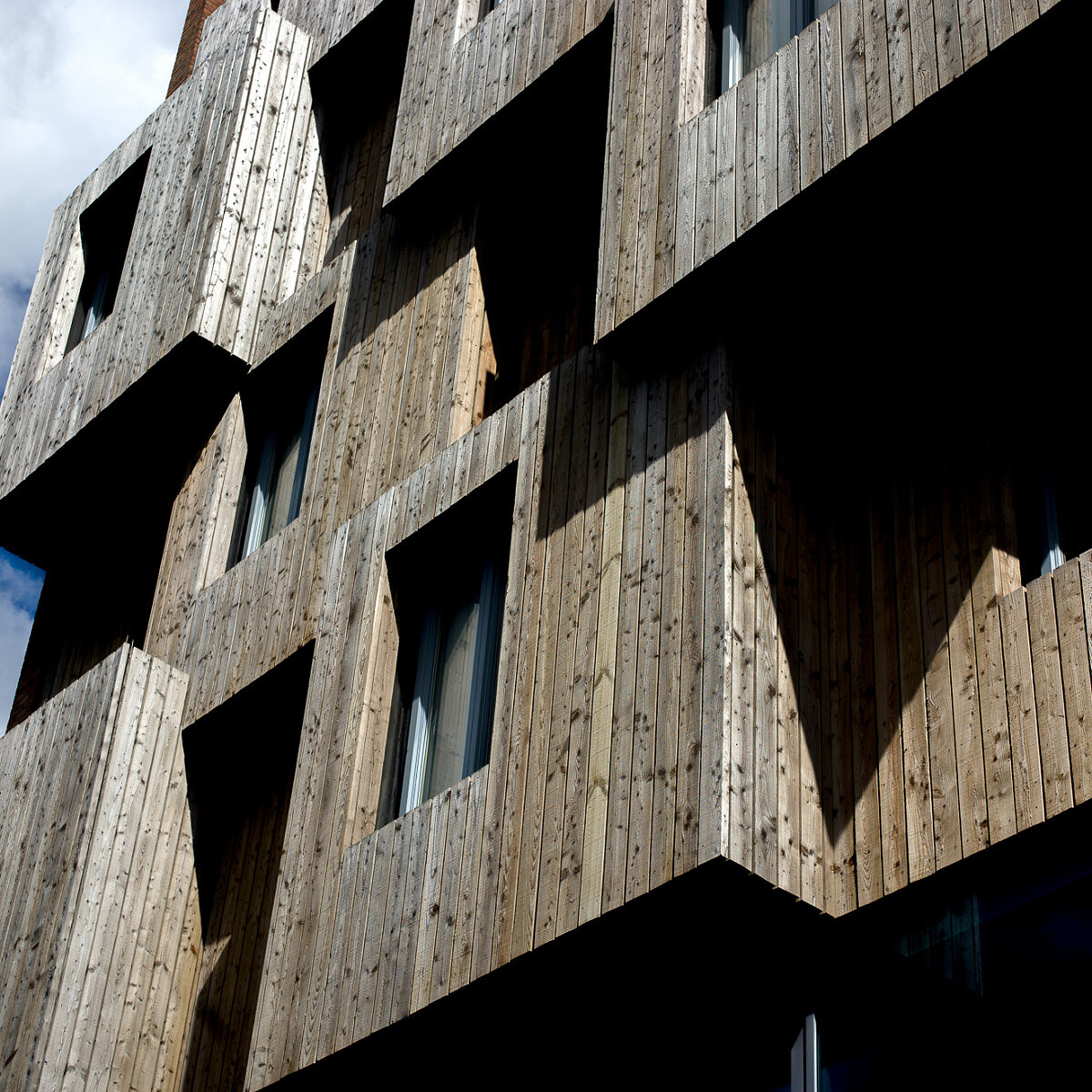
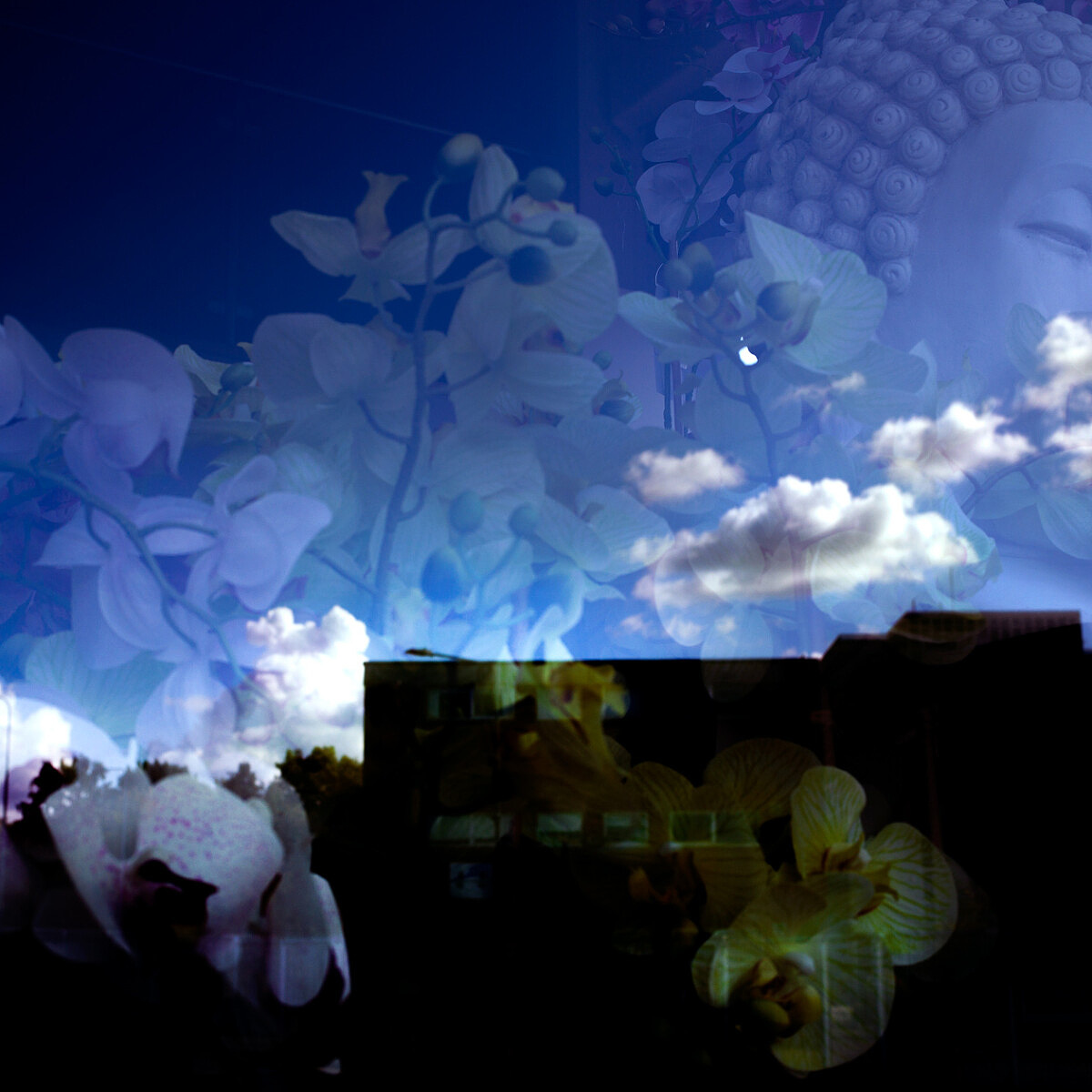
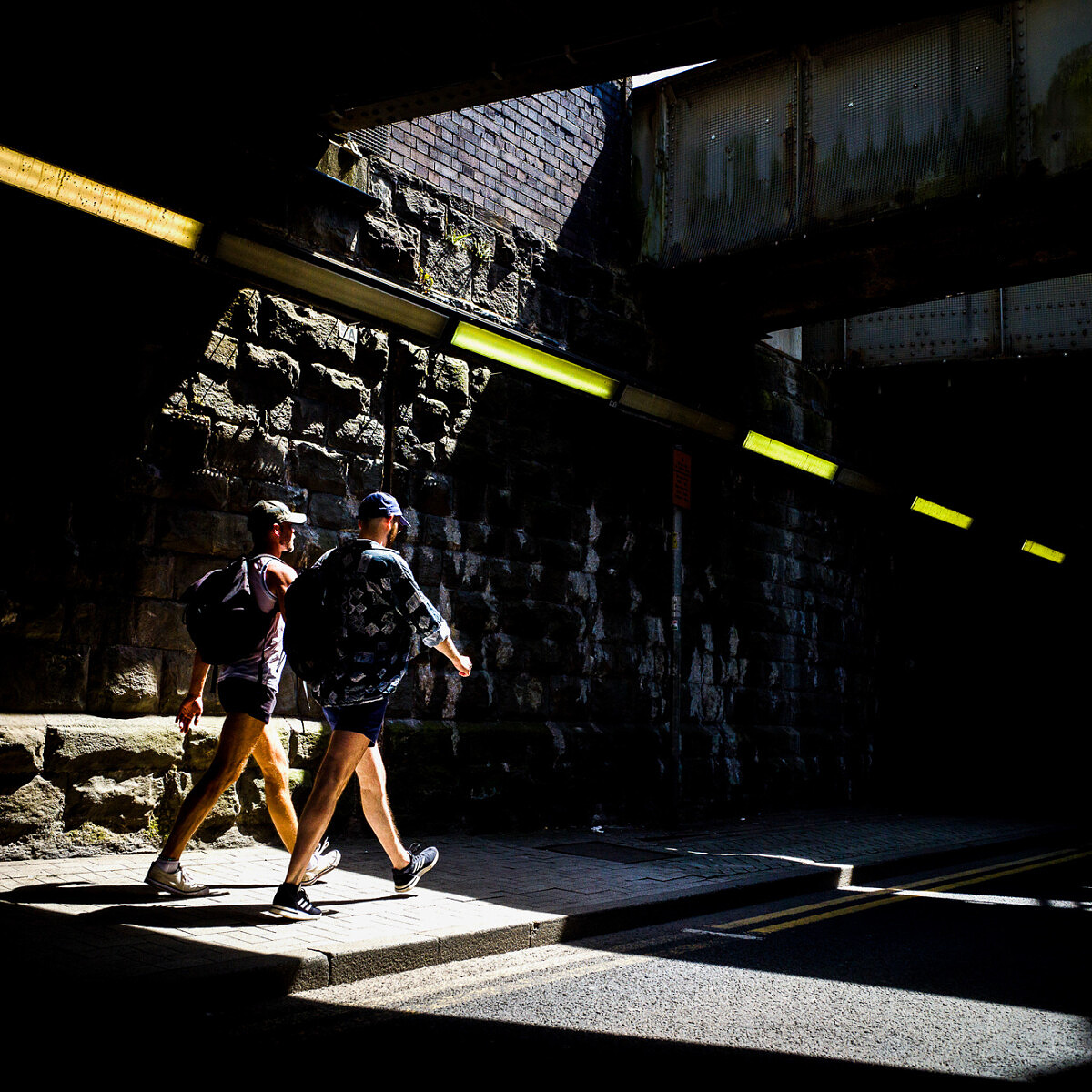
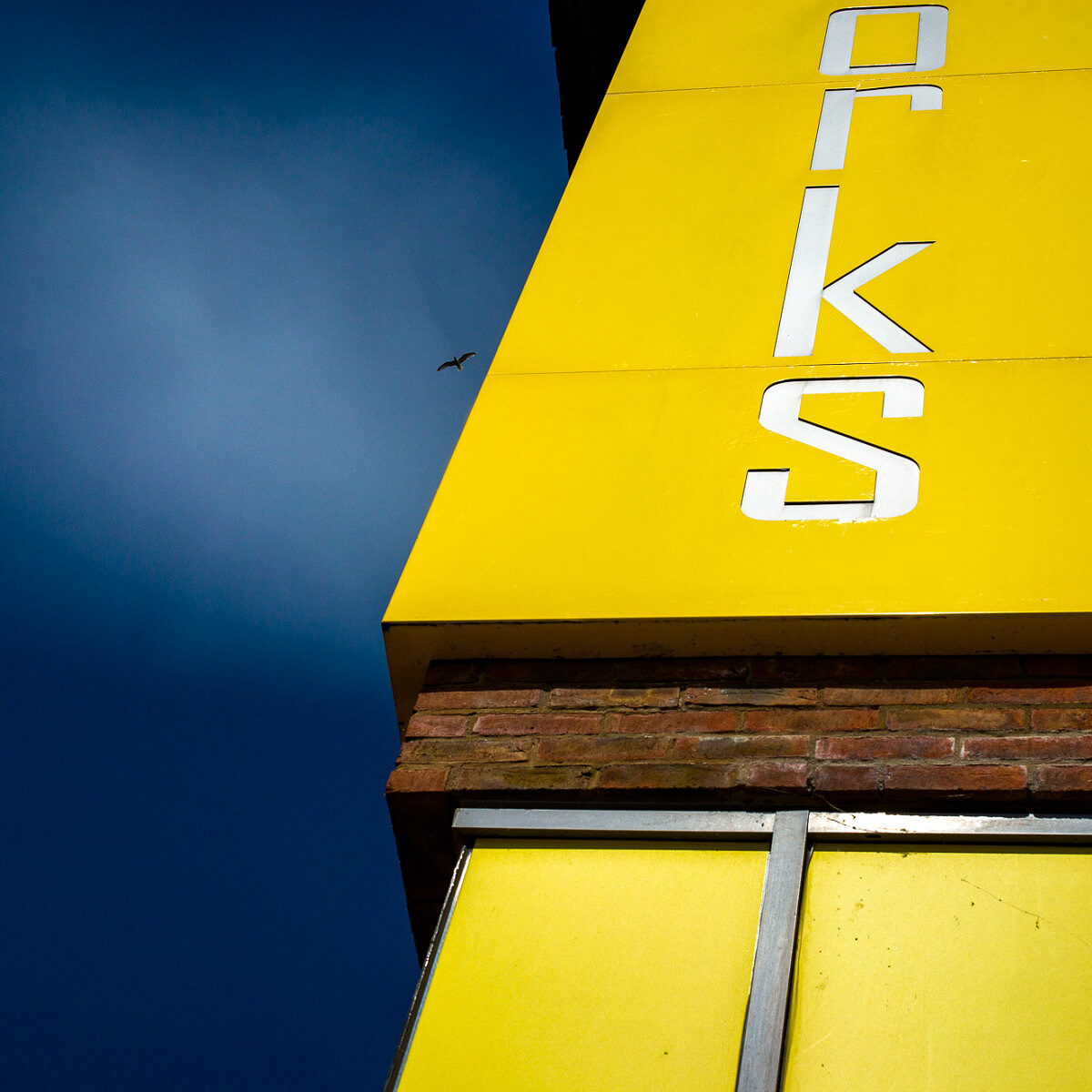
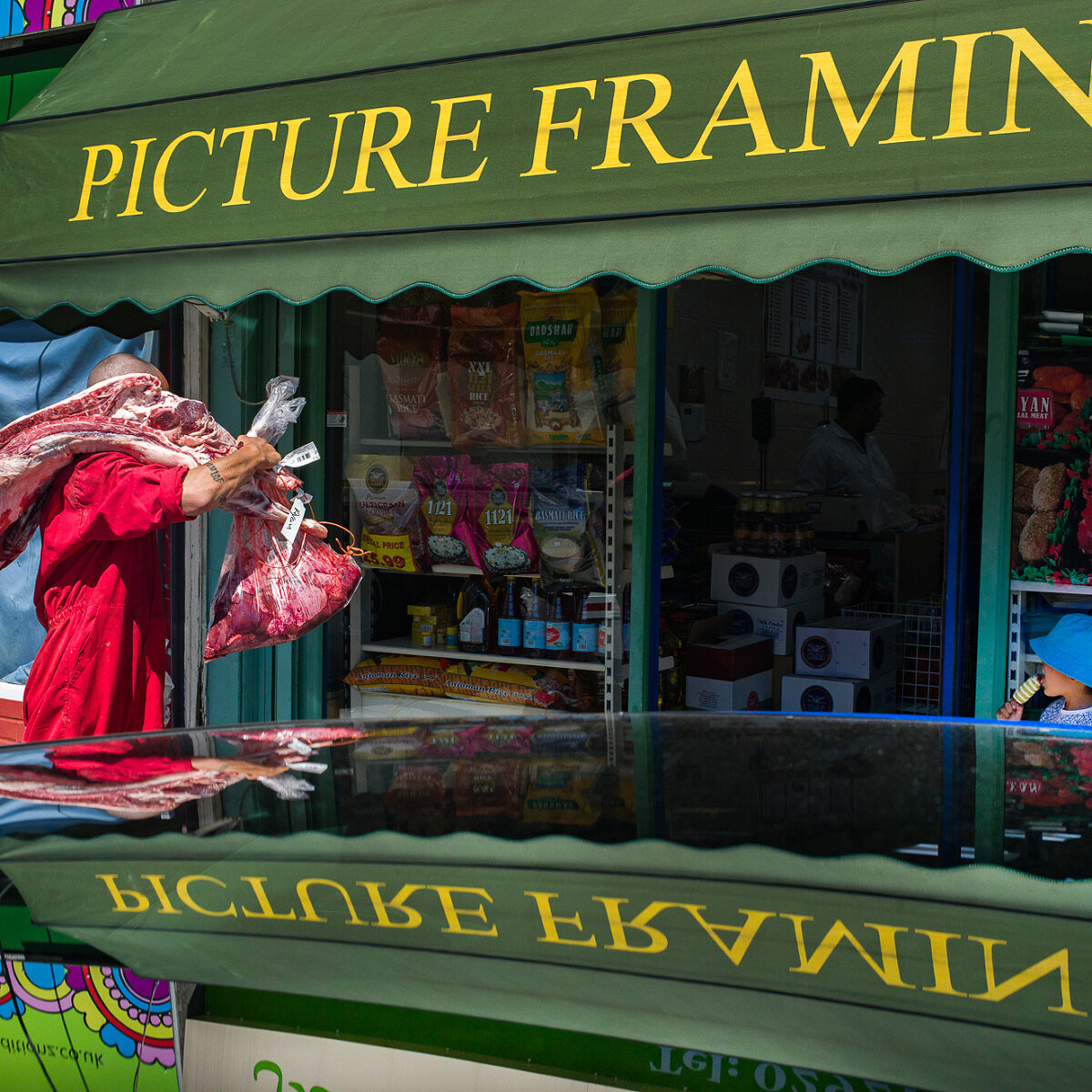
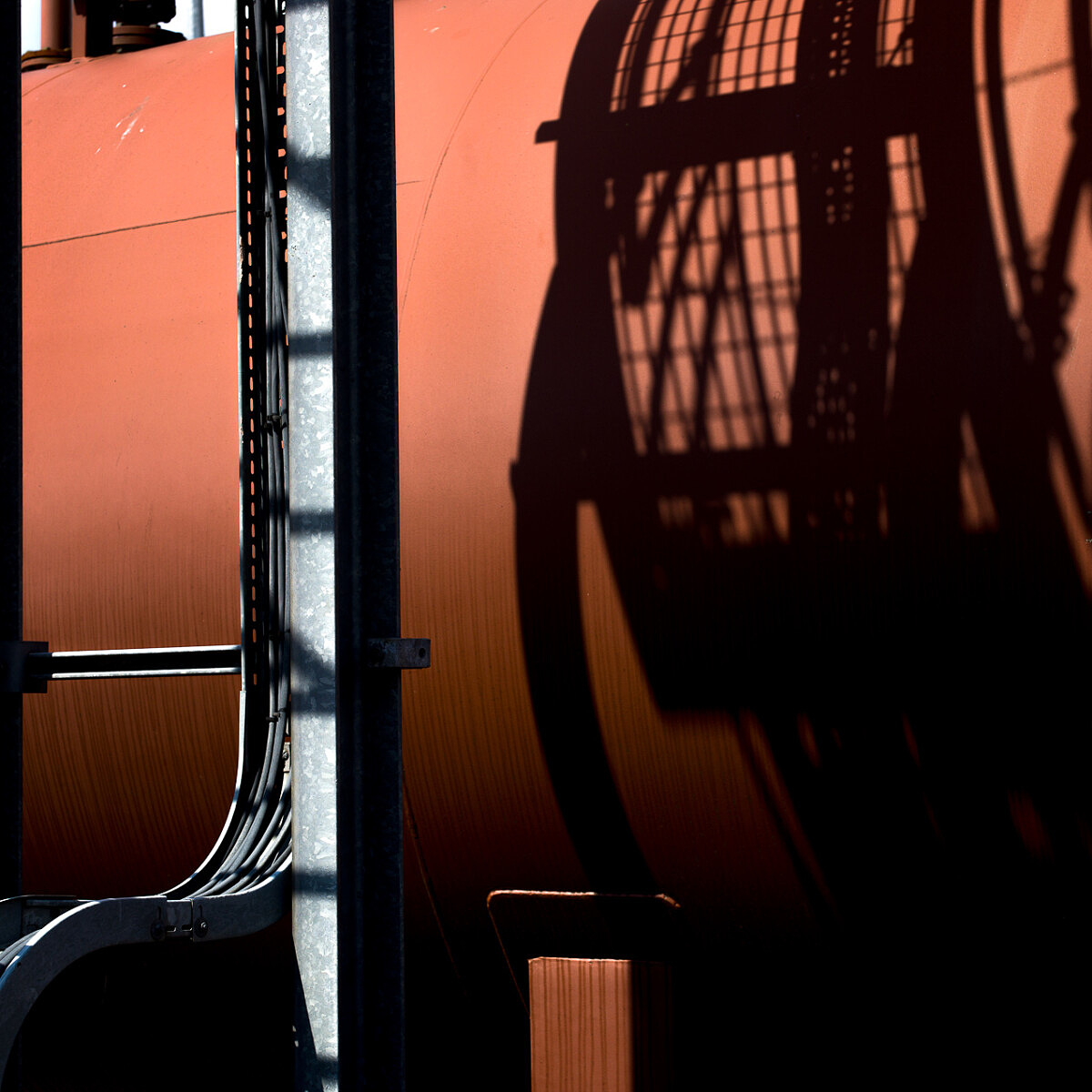
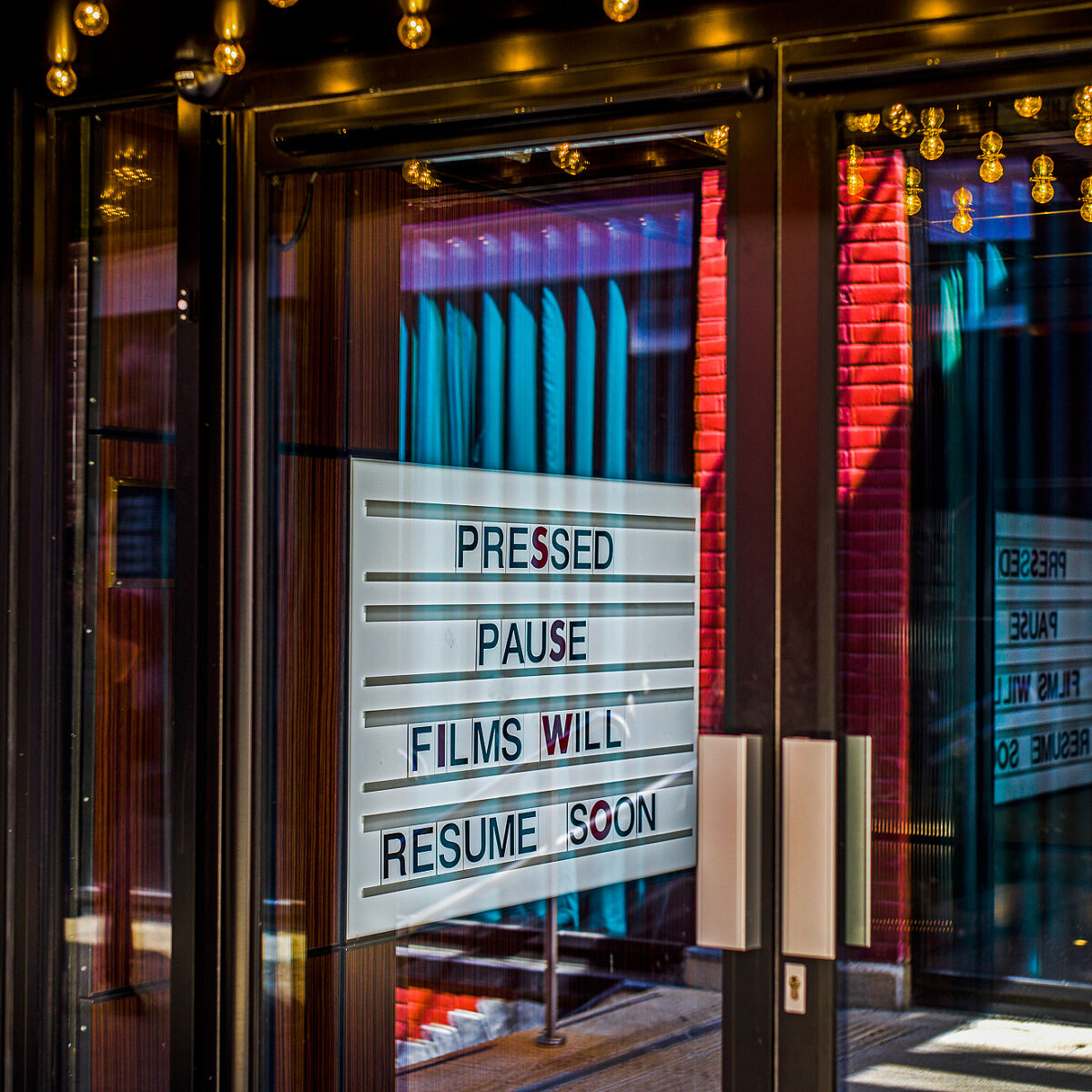
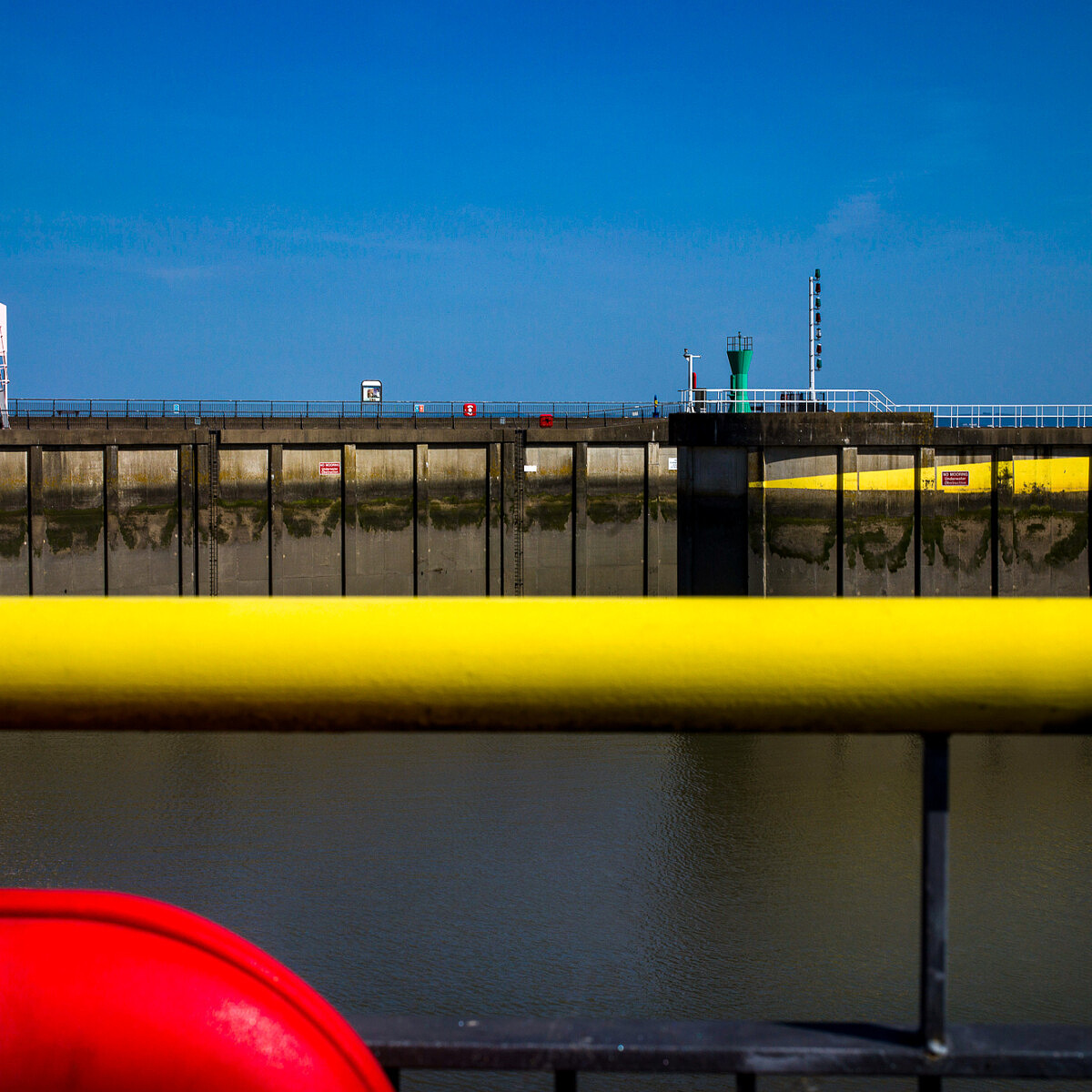
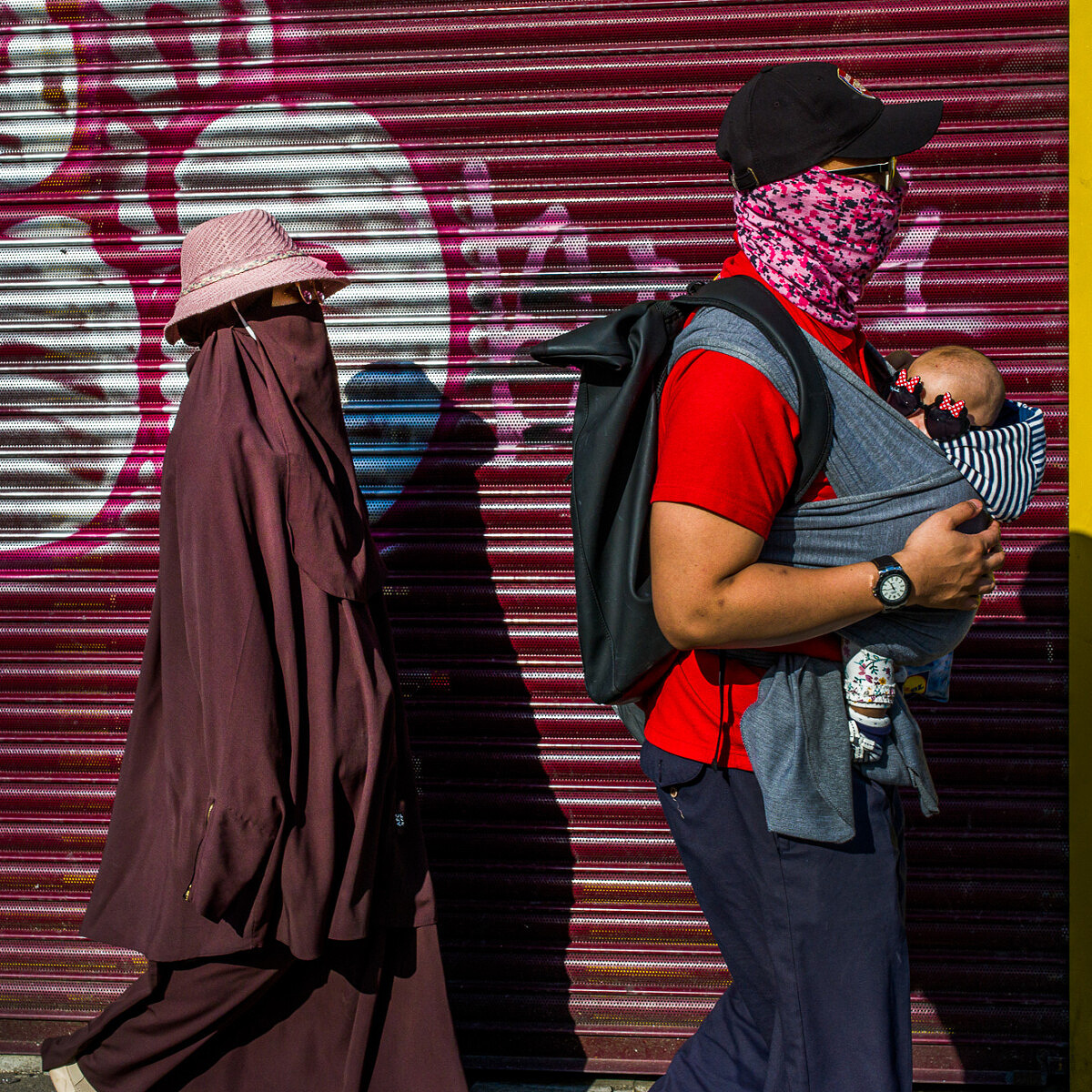
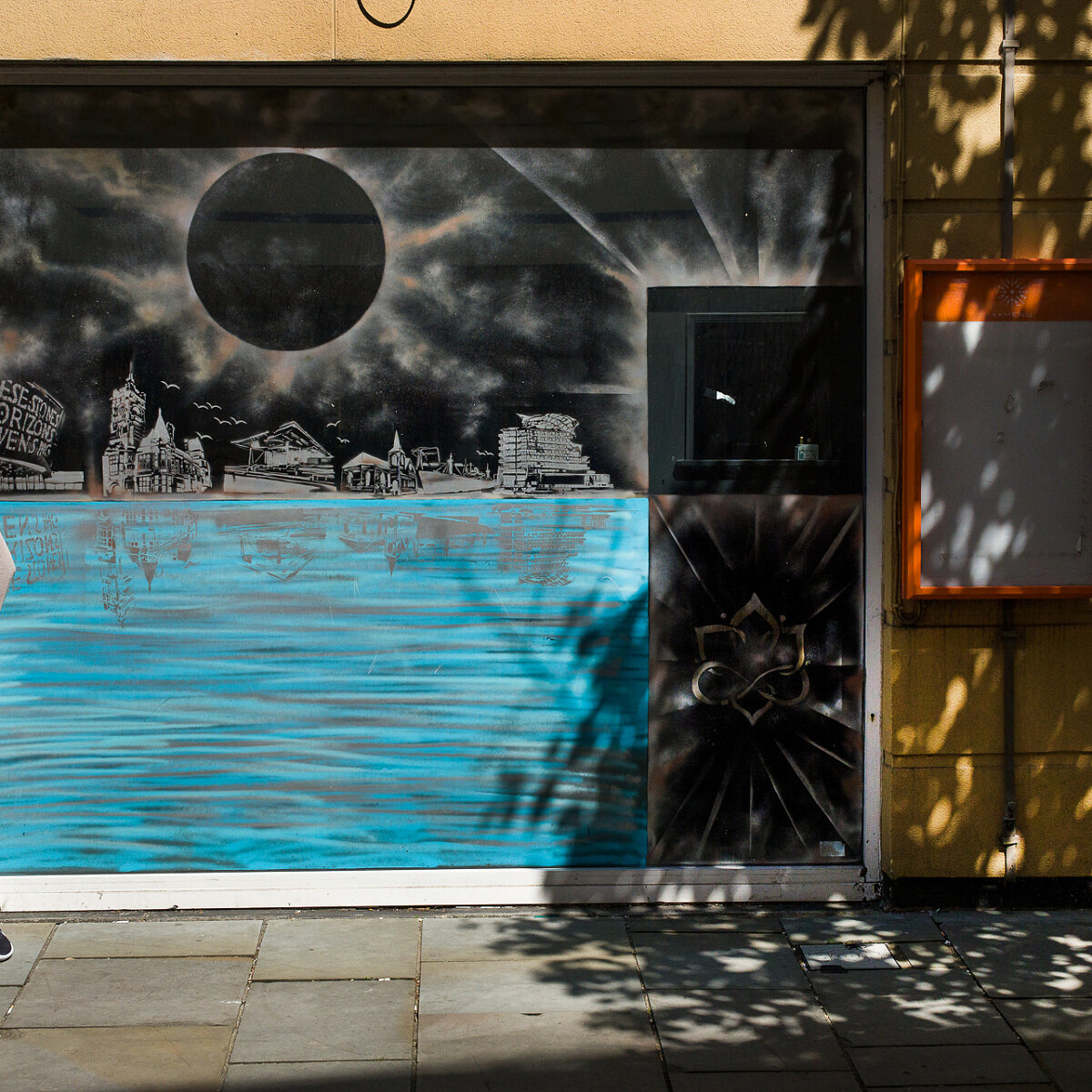
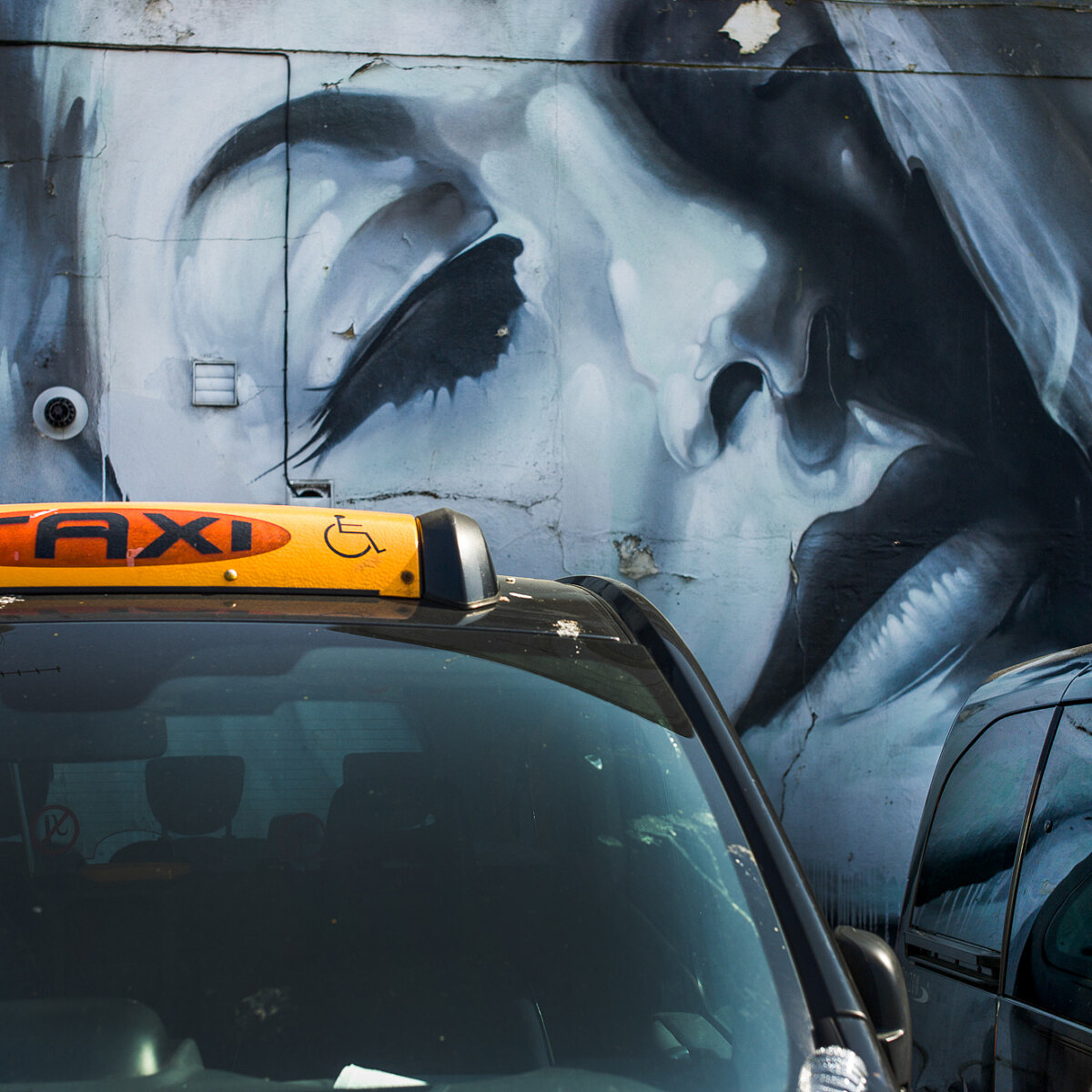
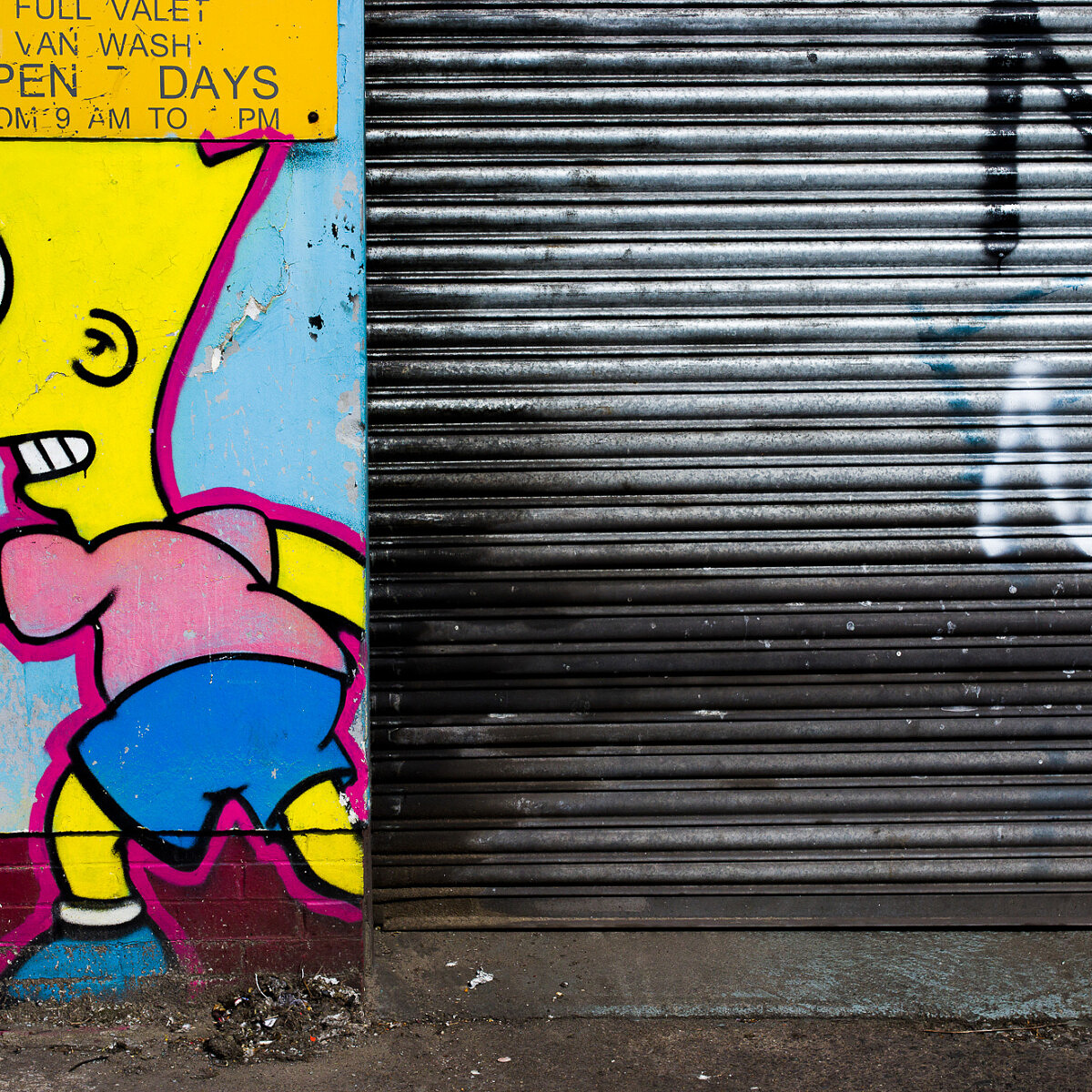
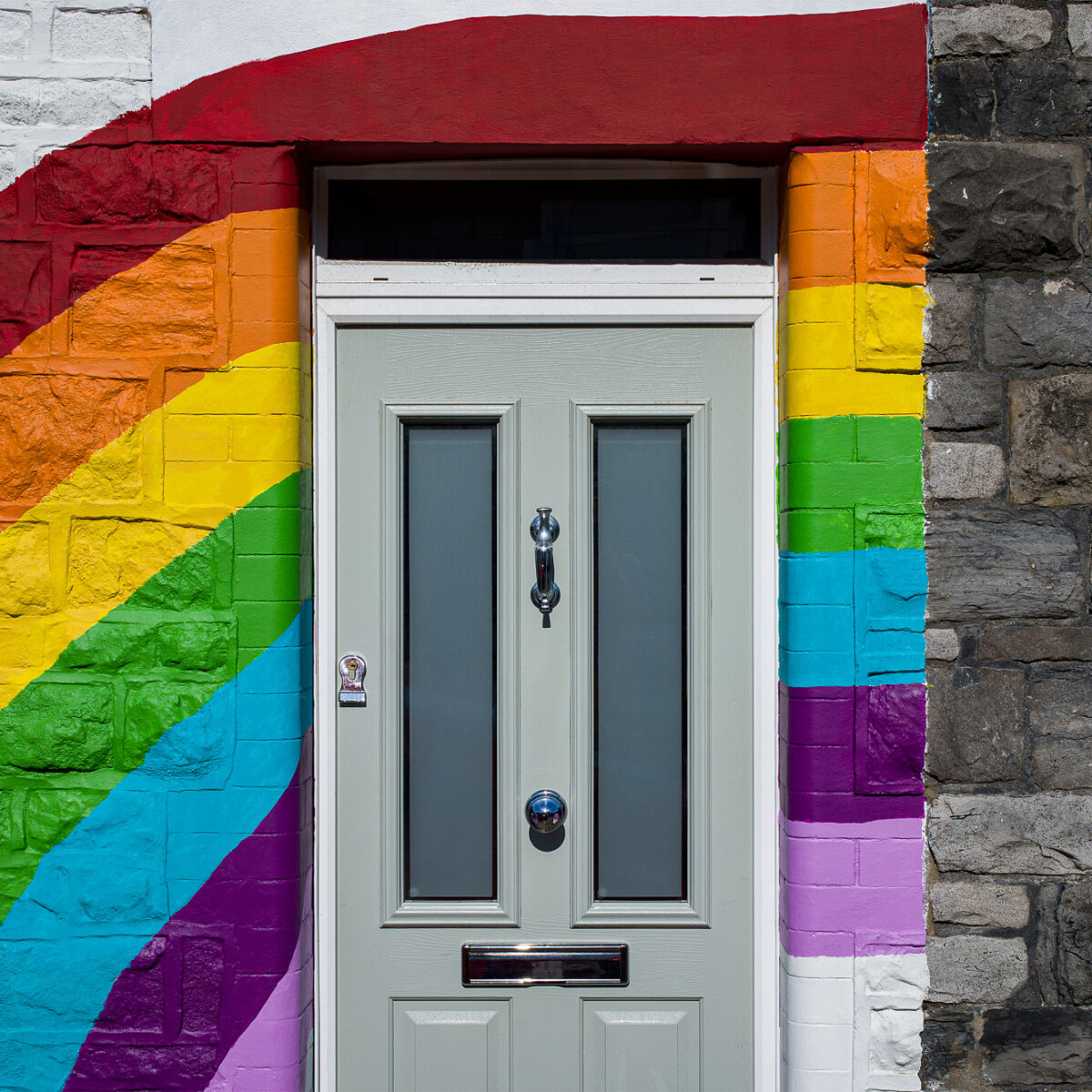
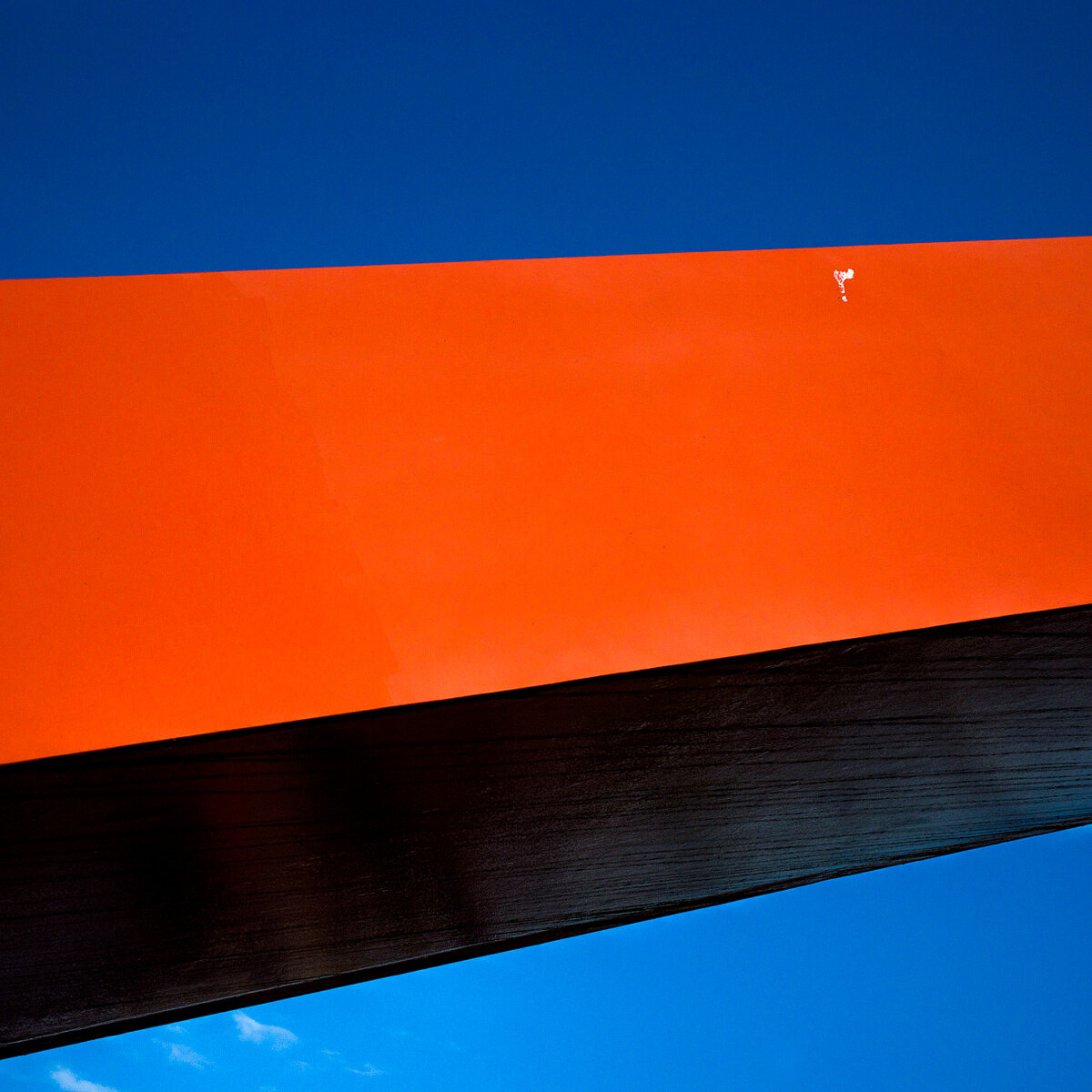
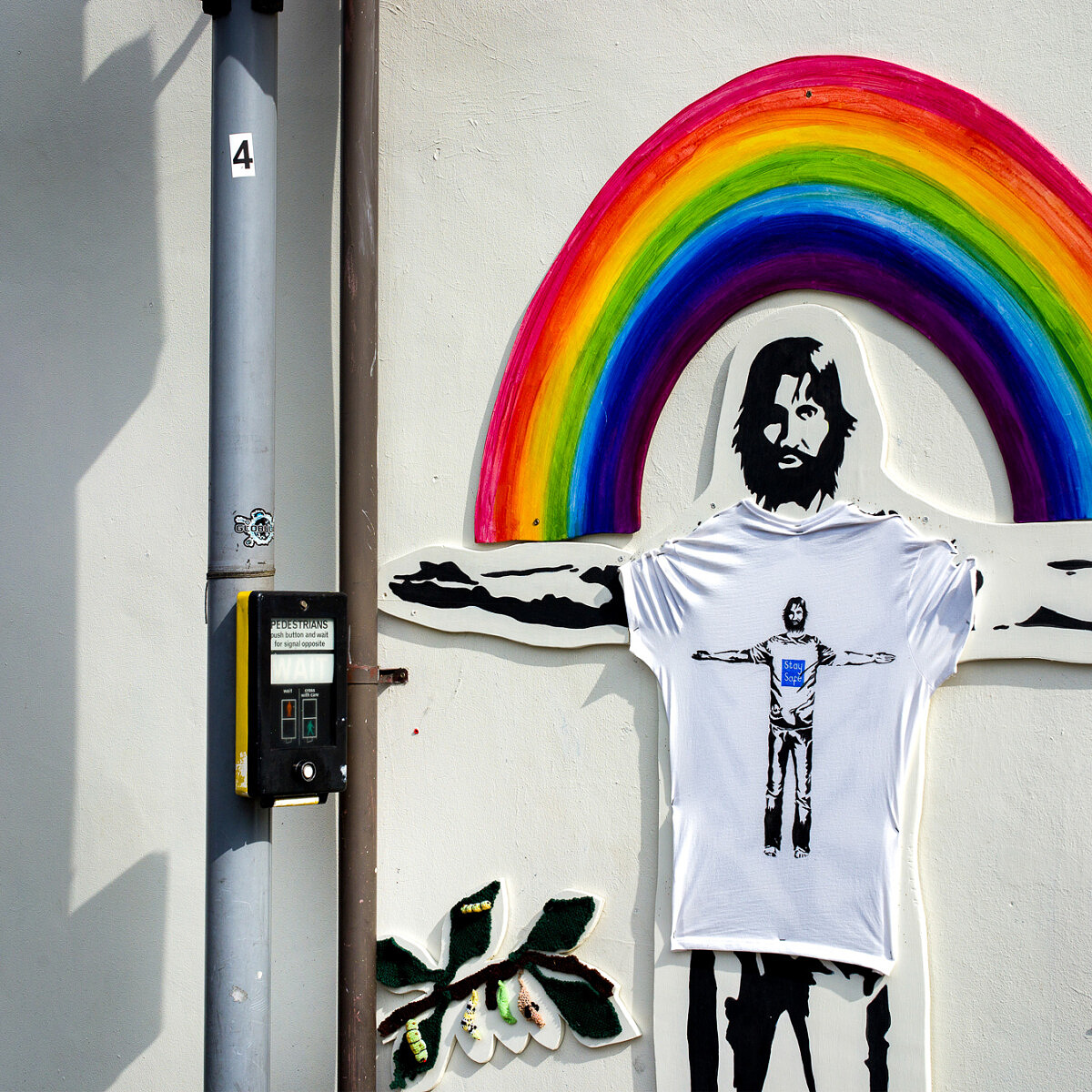
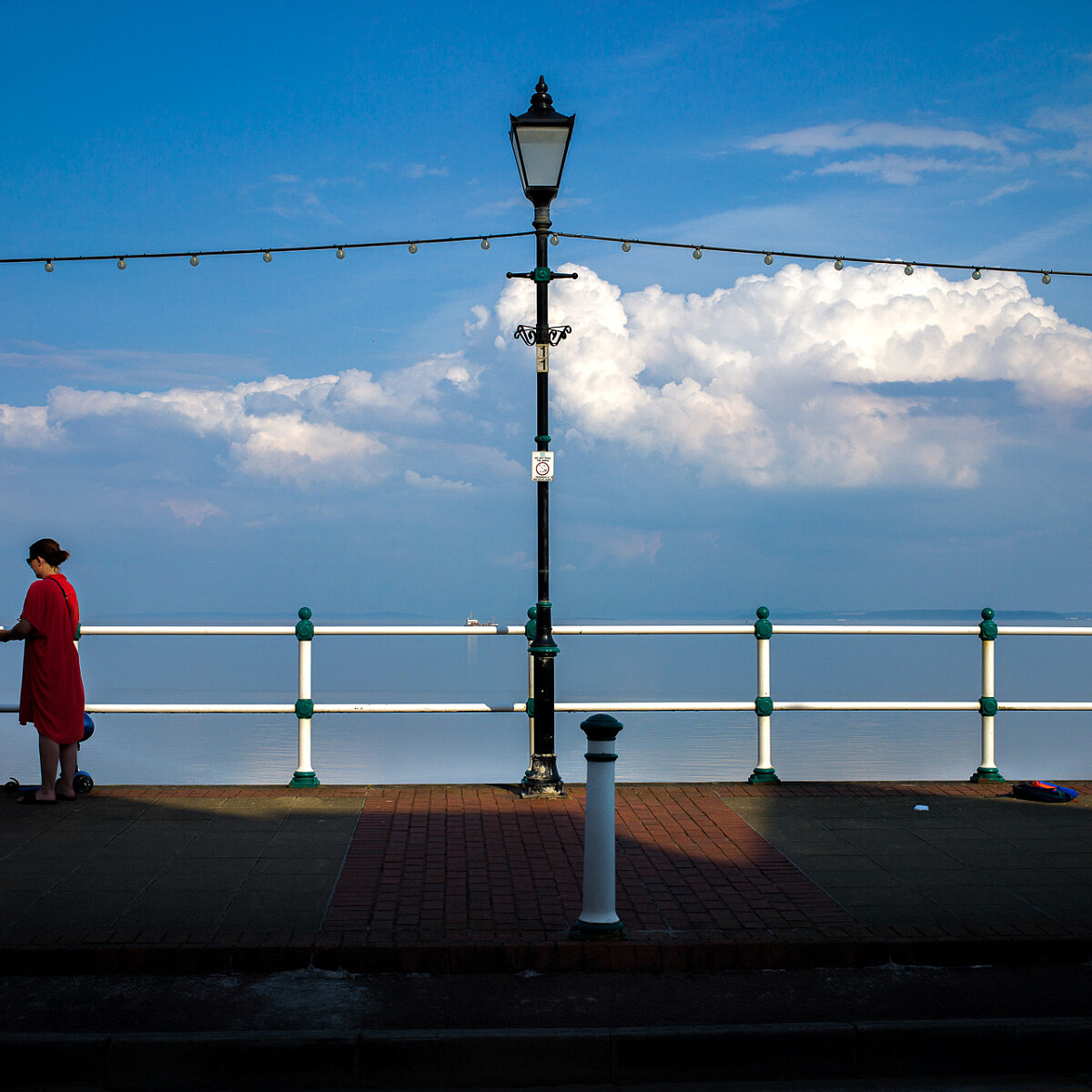
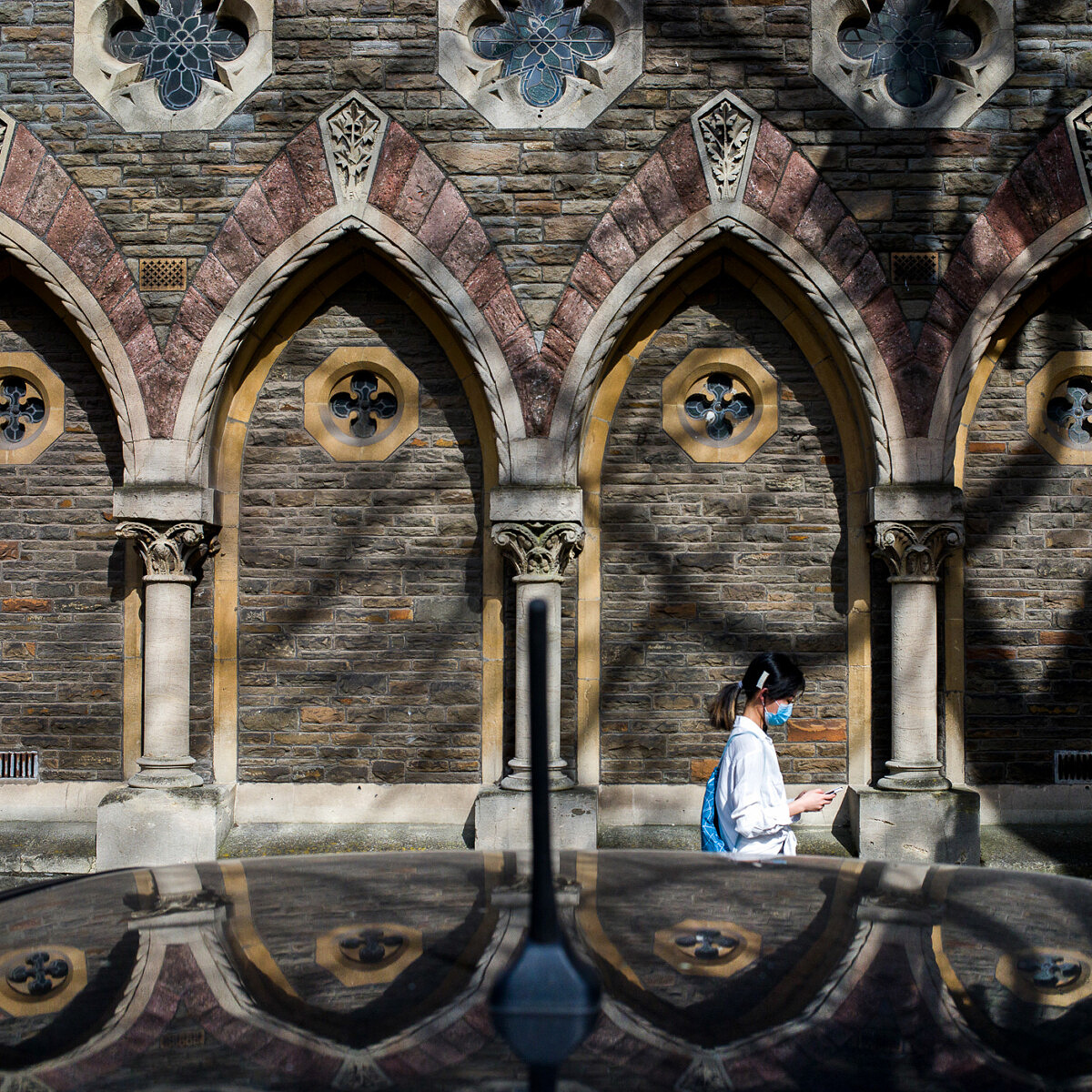
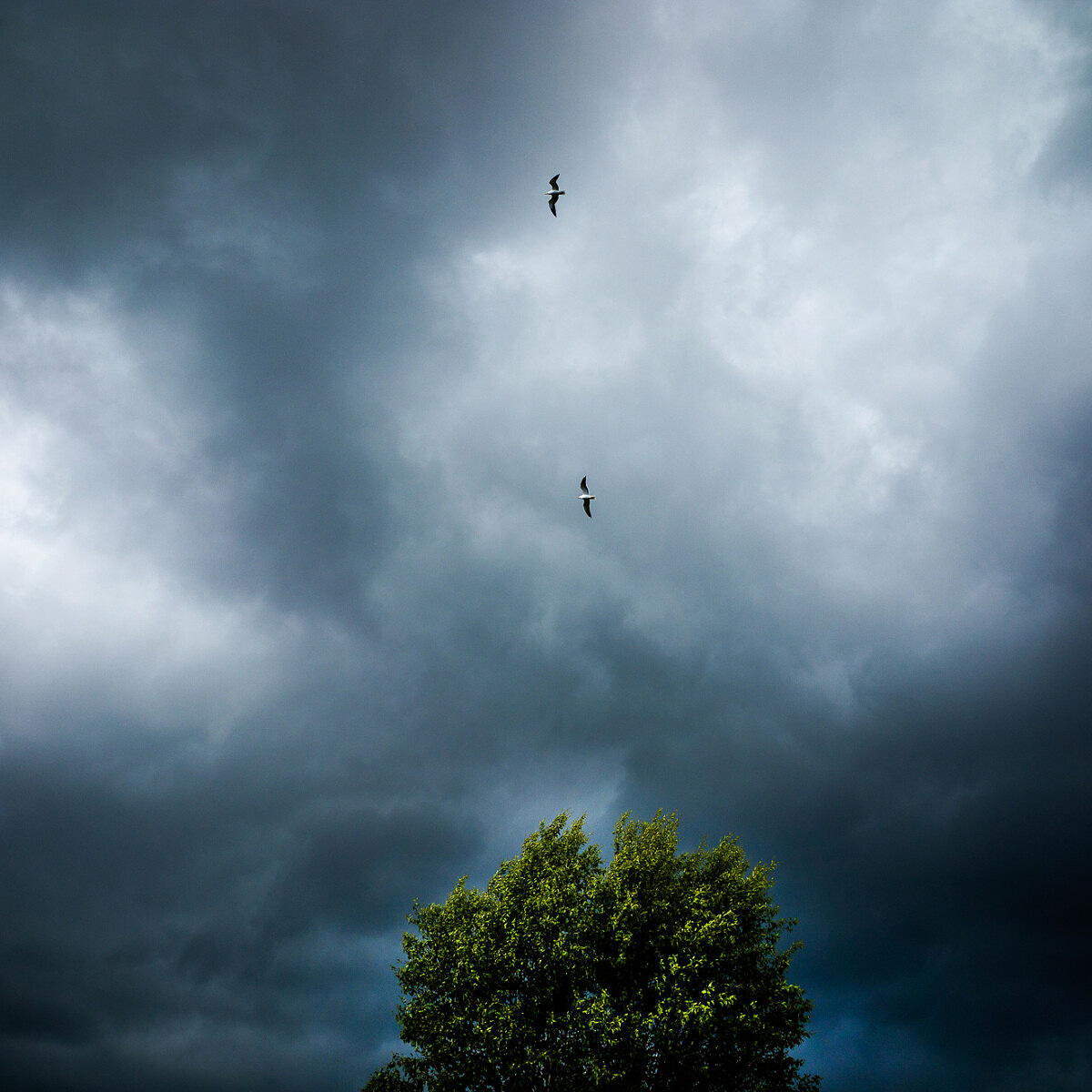
David, in another forum someone asked if the dynamic range of the R (and by extension the M with the same sensor) was 14 bit or more? You answered that the data off the chip was 14 bits but it is saved in 16 bit “containers” (2 successive bytes of the DNG file) and the DR is 15 bits. How do you get 15 bits of dynamic range out of 14 bits of data? Has Leica found ways of creating a “toe” or a “shoulder” on the response curve of their sensors? I wouldn’t put it past them.
Leica has long used 14-bit data in 16-bit DNG containers. Nothing new here. The S007 uses this 14-bit A/D precision and results in a staggering 15.3 stops of real-world dynamic range. The M10-R has 14 stops of dynamic range, which is still very impressive. My assumption is that they store the data using a logarithmic scale.
Hello David, thank you for this great overview! This is very helpful.
From what I can tell, the processor and buffer memory remain the same as in the M-10. I am wondering what this means for picture processing time. I imagine that the increase in resolution will inevitably result in a increase in file size and thus require increasing buffer capacity and/or processing power to maintain a given processing speed. Since these parameters have not changed, wouldn’t that mean the the M-10R would inevitably be slower in processing images and writing data to the SD card than its predecessor … ? Or am I missing something …
You are correct. The Maestro II image processor remains the same from the M10 to the M10-R. As does the 2GB buffer. The camera’s shooting speed is related more to the sensor itself, which offers almost the same burst rate as the M10. But due to the much larger file sizes, the buffer depth is reduced from 22 shots to 10. Also, writing to the SD card will also take longer, as will importing from the card to your computer. Bigger files take longer to transfer at the same speed. Thankfully, the Maestro II can process 320 megapixels per second, meaning the limiting factor isn’t the processor. Hope this clarifies things a bit.
Dear Mr Farkas, may I ask for an advice ? I have been an avid reader of your field reviews and I use your preset parameters in Lightroom since 2015… I have used Leicas M (M3, M4, M6, M7, M9M, M240) and Hasselblads (500, 503, 903, X1DII) for the last 40 years. And now I feel, thanks to you, on the verge of acquiring the superb M10R. But… with such a definition do you know an editor and printer able to handle those pics ? For argentic negatives and for most of the M9M/M240, Blurb gave an average to good treatment of the files. Not so for the pics of my X1DII. There is a striking loss of quality in the printed book. So, I am pretty sure that the same problem will arise with the M10R. And I need your help. And again, thank you so much for your articles, your photos and videos.
I suppose the answer depends on the desired output. No book printing using CMYK offset is going to do full justice to photograph. The medium is limited by its nature of a four color additive process. This is why high-end inkjet printers have 10 or more colors, to boost the available color gamut. If you are looking for prints, then professional-level inkjet, or professional-level photographic lightjet prints would be the way to go.